
One of the world’s leading publishers of printed classical and educational music.

William Walton Catalogue
- Text
- Walton
Faber, 1996), 187–8
Faber, 1996), 187–8 • David Vaughan, Frederick Ashton and his Ballets (London: A. & C. Black, 1977), 130–32 (rev. edn, London, Dance Books, 1999) • Danc T (March 1936), 752; ME News, 24 Dec 1935, p. 4; MG, 30 Nov 1935, p. 9 (I. Brown): 14 Dec 1935, p. 15; 21 Dec 1935, p. 13; 24 Dec 1935, p. 11 (ASW); 27 Dec 1935, p. 6 (MAL); Ob, 19 Jan 1936, p. 15; 2 March 1936, p. 11 (HM); 2 March 1936, p. 15; Sphere, 15 Feb 1936, p. 304 (P. Page); Times, 5 Feb 1936, p. 10 Note: According to Vaughan’s Frederick Ashton, Ashton thought highly enough of the possibilities of The First Shoot to consider reviving it later, presumably in an extended form. It was included in a notebook that he kept during the 1940s with the notation ‘for America’—possibly the New York City Ballet. In a letter to the present author, dated 1 March 1972, Cecil Beaton confirmed that Ashton had an idea to do a prolonged ballet with additional music, but it never materialized (Craggs archive). An early production of Charles B. Cochran’s was Wake up and Dream at the London Pavilion (1929), with music by Cole Porter. In his article ‘North Sea Crossings: Walter Leigh, Hindemith and English Music’ (Tempo, 64/252, April 2010, pp. 44–64) David Drew mentions that Spike Hughes and Walton may have orchestrated some of the numbers for this musical. In a letter, dated 2 March 1930, Walton told Siegfried Sassoon that ‘I had a letter from C. B. Cochran hinting that he would like my help in his next review, both as a ballet & as a “jazz” merchant. I cordially accepted, & hope that something will come of it’ (WW archive). The First Shoot is the only ballet Walton wrote for Cochran. A report in the Oldham Standard (16 Jan 1932) reveals that Cochran had also asked Walton to write the music for the musical comedy The Cat and the Fiddle, with libretto by Otto Kern. In a letter to the present author, dated 25 February 1978, Walton wrote that he had suggested to Cochran that Hyam Greenbaum should conduct the musical. He was duly appointed and became musical director to the impresario for his reviews between 1930 and 1934 (Craggs archive). The following year, Cochran brought Elisabeth Bergner to London and Manchester to star in the stage production of Margaret Kennedy’s play Escape Me Never. This resulted in the 1935 film version of the play (C28) and As You Like It (C31) in 1936, both directed by her husband, Paul Czinner. J. M. Barrie also admired her and wrote his final play, The Boy David (C30), for her, a rare failure. Other versions C29a Medley for Brass Band by the composer Date of composition: 1978–9 C29 The First Shoot 39 Holograph: Beinecke: GEN MSS 601 (FRKF 612) Commissioned by: the National Brass Band Championships of Great Britain as a possible test piece for the 1979 championships Instrumentation: s ct, 4 1st ct, 2 2nd ct, 2 3rd ct, flugel, solo hn, 3 t hn, 2 bar, 3 t tbn, btbn, 2euph, 2b tuba, 2 cb tuba, timp, perc (cym, xyl, sd, td, bd, tamb) Duration: 11 minutes First performance: unable to trace Publication: WWE vol. 21, pp. 34–85 (2006) Bibliography: Elgar Howarth, WWE vol. 21 C29b The First Shoot arrangement for brass band by the composer, who records his gratitude to Elgar Howarth for his expert advice on the preparation of the score 1. Giocoso; 2. Andantino; 3. A tempo di ‘Hesitation Waltz’; 4. subito Vivace; 5. Vivace Date of arrangement: 1979 Holograph: Beinecke: GEN MSS 601 (FRKF 594) Dedication: In Mem. C. B. Cochran and his Young Ladies Instrumentation: s ct.8ct.flugel.3hn.2bar.2tbn.b t hn. 2euph.2E♭bass.2B♭bass/timp/perc Duration: 10–11 minutes First performance: London, Goldsmiths College, 19 December 1980; Grimethorpe Colliery Band, conducted by Elgar Howarth. This performance was filmed, recorded, and subsequently used in part in Tony Palmer’s film At the Haunted End of the Day (a ‘Profile of the Life and Work of William Walton’) transmitted on the ITV network (South Bank Show), 19 April 1981. Available on DVD: Decca 074 150–9, 1981/2002. First public performance: London, Royal Albert Hall, 7 September 1981 (Prom broadcast on BBC Radio 3); Grimethorpe Colliery Band, conducted by Elgar Howarth. Publication: score and parts: OUP, 1986 • WWE vol. 21, pp. 91–143 Bibliography: Elgar Howarth, WWE vol. 21 • Gdn, 9 Sept 1981, p. 10 (E. Greenfield); MT 121 (November 1981), 764 (J. Nagley); Ob, 13 Sept 1981, p. 26 (P. Heyworth); Times, 9 Sept 1981, p. 9 (P. Griffiths) Recordings: CD Black Dyke Mills Band / James Watson. ASV CD WHL 2093 (1995) For perusal purposes only C29c The First Shoot arranged for symphony orchestra from the arrangement for brass band by Christopher Palmer
40 C30 The Boy David Date of arrangement: 1987 Instrumentation: 2(III + picc).2(II + ca).3(III + bcl). 2/4.3.3.1/timp/perc (3: tri, cym, sus cym, wb, glock, xyl, vib, sd, td, bd, tamb)/pno/strings Duration: 10 minutes First performance: London, St Jude’s Church, Central Square, 8 and 21 January 1991 (recording sessions for the Chandos CD, see below) Publication: score and parts on hire: OUP, 1989 Recordings: CD London Philharmonic Orchestra / Bryden Thomson. Chandos CHAN 8968 (1991); CHAN 9426 (1995) C29d The First Shoot arrangement for concert band by Ray Farr Date of arrangement: 2001 Commissioned by: Bergen Military Band Duration: 10 minutes First performance: Bergen, Grieg Hall Foyer, unable to trace any date; Bergen Military Band, conducted by Ray Farr Publication: score and parts: OUP, 1986, 2001 C29e Three Pieces from The First Shoot arranged for clarinet and piano by Christopher Palmer Publication: Christopher Palmer, ed., William Walton: A Clarinet Album, OUP, 1992 C30 Th e Bo y Da v i d Incidental music for J. M. Barrie’s play (originally called David) in three acts. Date of composition: 1935 Holograph: whereabouts unknown Play details: Directed: Komisarjevsky; produced: Charles B. Cochran; scenery designed: Augustus John; costumes designed: Ernst Stern. Music composed for the following: Details of the music plot taken from a leaf of manuscript in the Yale General Collection in the Beinecke Library (I.D.2082): Overture to Act 1; • Interval before Act 2, scene I: The Camp before David’s encounter with Goliath; • Interval before Act 2, scene II: Introduction: tumult (‘barbaric dancing and wild shouts after the death of Goliath’); • Interval before Act 2, scene III: David playing his harp in the tent of the dead Goliath; • Interval before Act 3, scene I: ‘low music’ when, in his vision, David first sits on the throne; • “Distant music (reveille for battle) in the early morning” Interval before Act 3, scene II: Entr’acte/Pastoral music; • Remaining: incidental music throughout Act 2. Note: The music in Act 2, scene II (‘barbaric dancing . . .’) sounds similar to the Indian chorus in part 2 of Christopher Columbus (C46). In the absence of any score, it is difficult to ascertain whether Walton reused this music in 1942. Instrumentation: unable to trace First performance: Edinburgh, King’s Theatre, 21 November 1936; unable to trace orchestra or conductor. The music was pre-recorded and the conductor may have been Walton, Hyam Greenbaum, or Ernest Irving (Walton to the present author, 25 February 1978; Craggs archive). Cast included Elisabeth Bergner (David), Jean Cadell (Wife of Jesse), Peter Bull (Amnon), Bobby Rietti (Jonathan), Godfrey Tearle (Saul), and Leon Quartermaine (Ophir). The premiere was originally to have been on 15 February, but this was postponed because of Bergner’s illness, first to 14 March and later to November. First London performance: His Majesty’s Theatre, 14 December 1936 Bibliography: Cynthia Asquith, Portrait of Barrie (London: Barrie, 1954), 201–16 • Peter Bull, I know the Face, but . . . (London: Davies, 1959), 128–34 • Charles B. Cochran, Cock-a-doodle-do (London: Dent, 1941), 1033 • Janet Dunbar, J. M Barrie: The Man behind the Image (London: Collins, 1970), 291–8 • Sam Heppner, Cockie (London: Frewin, 1969), 190–201 • Denis Mackail, The Story of J.M.B.: A Biography (London: Davies, 1941), 663–707 • GlasHer, 13 Nov 1936, pp. 10, 11, 12; MG, 16 Jan 1936, p. 8; Times, 26 March 1936, p. 12; 23 Nov 1936, p. 10: 15 Dec 1936, p. 14; WScots, 28 Nov 1936, p. 5; 28 Nov 1936, p. 7 (Galleryite) Recordings: Three sections of the pre-recorded music still exist on 10" single-sided 78 rpm discs and are now in private hands, having previously belonged to the actor Peter Bull, a member of the original cast, who lent them to the present author. All relate to Act 2: OCB 279–2 Cue 22A [David before his encounter with Goliath] OCB 290–2 Cue 29 [Barbaric dancing and wild shouts] For perusal purposes only
- Page 2 and 3:
General Editor: DAVID LLOYD-JONES C
- Page 4 and 5:
CONTENTS Introduction - James Brook
- Page 6 and 7:
Anyone taking this volume down from
- Page 8 and 9:
ORGANIZATION OF THE CATALOGUE This
- Page 10 and 11:
WILLIAM WALTON EDITION General Edit
- Page 12 and 13:
ACKNOWLEDGEMENTS I am deeply indebt
- Page 14 and 15:
Bibliographical abbreviations Add.M
- Page 16 and 17:
SELECTIVE CHRONOLOGY 1866 11 Oct Lo
- Page 18 and 19:
SELECTIVE CHRONOLOGY xix 1943 Feb o
- Page 20 and 21:
SELECTIVE CHRONOLOGY xxi Nov Sympho
- Page 22 and 23:
facsimiles For perusal purposes onl
- Page 24 and 25:
facsimiles xxv For perusal purposes
- Page 26 and 27: facsimiles xxvii For perusal purpos
- Page 28 and 29: facsimiles xxix For perusal purpose
- Page 30 and 31: facsimiles xxxi For perusal purpose
- Page 32 and 33: facsimiles xxxiii For perusal purpo
- Page 34 and 35: List OF MAIN TITLES xxxv Romeo and
- Page 36 and 37: the catalogue For perusal purposes
- Page 38 and 39: C1 A Li t a n y partsong in four pa
- Page 40 and 41: Nos. 1-3 Date of composition: July
- Page 42 and 43: C9 Th e Pa s s i o n a t e Sh e p h
- Page 44 and 45: 16. Valse (‘Daisy and Lily’) Th
- Page 46 and 47: Passengers Only: A Social Tragedy i
- Page 48 and 49: Eskdale (tpt), Willem de Mont (vc),
- Page 50 and 51: Façade 2: A Further Entertainment
- Page 52 and 53: First performance: 24 January 1922
- Page 54 and 55: C12g Ballet in One Act (Based on th
- Page 56 and 57: 1. Tango-Pasodoblé 2. Swiss Jodell
- Page 58 and 59: C13 To c c a t a C14 Fantasia Conce
- Page 60 and 61: C17 PORTSMOUTH POINT 23 Date of com
- Page 62 and 63: C18 Ro m e o an d Ju l i e t Ballet
- Page 64 and 65: C21 Si n f o n i a Co n c e r t a n
- Page 66 and 67: C22 Concerto for Viola and Orchestr
- Page 68 and 69: First performance: London, Royal Fe
- Page 70 and 71: From 17 April to 23 August 1948, I
- Page 72 and 73: Other early performances: London, S
- Page 74 and 75: C28 Es c a p e Me Ne v e r music fo
- Page 78 and 79: OCB 299-2 Cue 21-22 [David playing
- Page 80 and 81: C32 Dr e a m i n g Li p s music for
- Page 82 and 83: Duration: 7 minutes Instrumentation
- Page 84 and 85: First London performance: Queen’s
- Page 86 and 87: C37 Concerto for Violin and Orchest
- Page 88 and 89: C37 Concerto for Violin and Orchest
- Page 90 and 91: Publication: WWE vol. 3, pp. 1-99 (
- Page 92 and 93: (b) Incidental music for Uncle Harr
- Page 94 and 95: minute Galop (the right title under
- Page 96 and 97: of the shelter to meeting; Barbara
- Page 98 and 99: Division at this point, after he ha
- Page 100 and 101: y John Burrell. Broadcast on 7 Octo
- Page 102 and 103: Houldsworth Hall, 24 May 1943 (spec
- Page 104 and 105: Other versions C46a Christopher Col
- Page 106 and 107: A copy is also in the National Soun
- Page 108 and 109: of added brass, percussion and pian
- Page 110 and 111: First USA showings: Boston, Esquire
- Page 112 and 113: C50 Henry V 75 C50g Passacaglia:
- Page 114 and 115: 1946, p .4; 26 April 1946, p. 16; T
- Page 116 and 117: duel; Entry of the court (with fanf
- Page 118 and 119: Dedication: To Diana and Griselda [
- Page 120 and 121: y the BBC on television and radio);
- Page 122 and 123: expressed a strong wish to dedicate
- Page 124 and 125: Principals: Calkas, High Priest of
- Page 126 and 127:
(D. Drew); Opera 14 (June 1963), 41
- Page 128 and 129:
Bibliography: Opera Canada 49 (Sept
- Page 130 and 131:
C63b A Shakespeare Suite from Richa
- Page 132 and 133:
C65 C65 Concerto for Violoncello an
- Page 134 and 135:
C68 Symphony No. 2 97 Commissioned
- Page 136 and 137:
Bibliography: David Lloyd-Jones, WW
- Page 138 and 139:
Recordings: CD Bach Choir / David W
- Page 140 and 141:
C76 Variations on a Theme by Hindem
- Page 142 and 143:
Holograph: Beinecke: GEN MSS 601 (F
- Page 144 and 145:
Dedication: To André Kostelanetz.
- Page 146 and 147:
C82 Improvisations on an Impromptu
- Page 148 and 149:
C86 Five Bagatelles 111 This work w
- Page 150 and 151:
C89 Anniversary Fanfare 113 Recordi
- Page 152 and 153:
C93 Roaring Fanfare 115 with Ian Fo
- Page 154 and 155:
C99 A Birthday Fanfare 117 Publicat
- Page 156 and 157:
GENERAl bibliography Anson, H. ‘T
- Page 158 and 159:
Foss, H. J. ‘William Walton’, H
- Page 160 and 161:
Kennedy, M. ‘Walton’s Isle Full
- Page 162 and 163:
Riley, M., ed., British Music and M
- Page 164 and 165:
personalia ABERCONWAY, Lady Christa
- Page 166 and 167:
and 1930s. Commissioned Walton for
- Page 168 and 169:
which he founded in 1946. Married t
- Page 170 and 171:
Irish Academy of Music. Both the Sa
- Page 172 and 173:
Orb and Sceptre Arr. for military b
- Page 174 and 175:
First Shoot, The Arr. for orchestra
- Page 176 and 177:
INDEX OF AUTHORS OF TEXTS Arnold, M
- Page 178 and 179:
Lord, now lettest thou thy servant
- Page 180 and 181:
Mayer, (Lady) Dorothy Moulton Canti
- Page 182 and 183:
Bantock, (Sir) Granville 34 Barber,
- Page 184 and 185:
Cathedral Church of Christ Church,
- Page 186 and 187:
Elms, Simon 117 Emery, Terence 13 E
- Page 188 and 189:
Hastings, Municipal Orchestra 44 Ha
- Page 190 and 191:
Laurence Olivier Memorial Service (
- Page 192 and 193:
Nabokov, Vladimir 107 Naismith, Nor
- Page 194 and 195:
Rosen, Carole 48, 66 Rosenstock, Jo
- Page 196 and 197:
Tate, Ohyiils 129 Tausky, Vilem 11,
- Page 198 and 199:
Wymark, Patrick 107 Wyndham Lewis,
- Page 200 and 201:
allet choreographed by Lindsay Kemp
- Page 202:
Sonata for String Orchestra (Quarte
Inappropriate
Loading...
Mail this publication
Loading...
Embed
Loading...
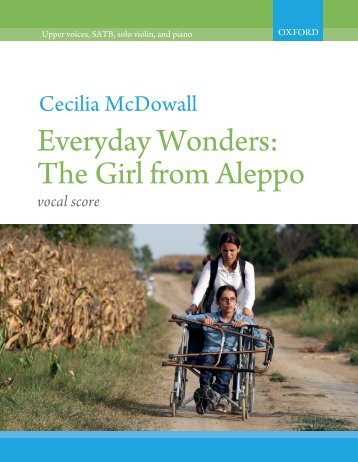

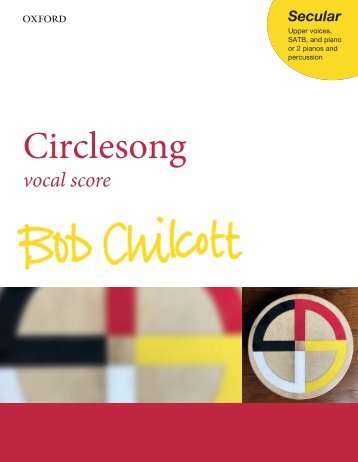
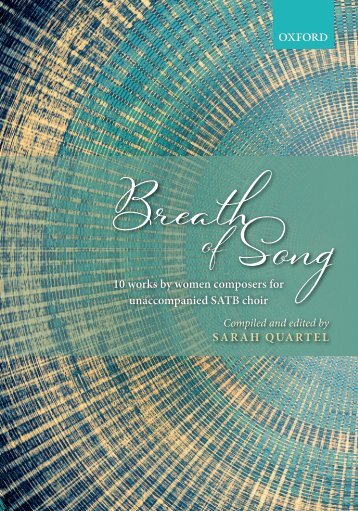
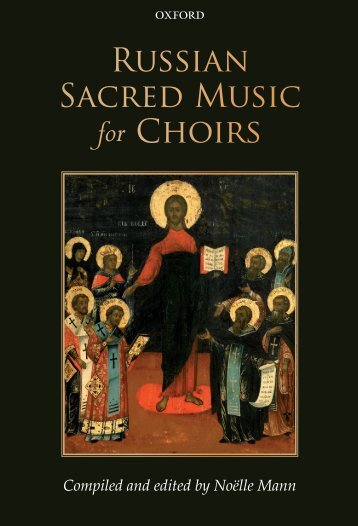

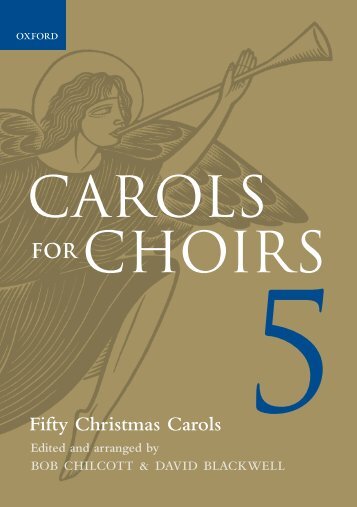

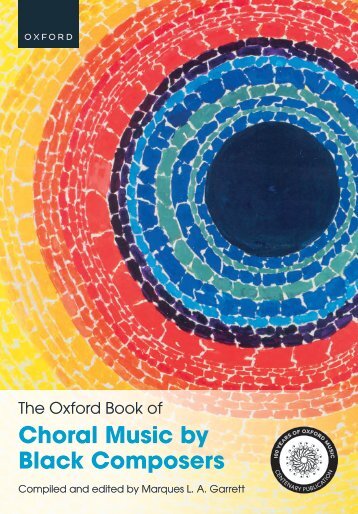
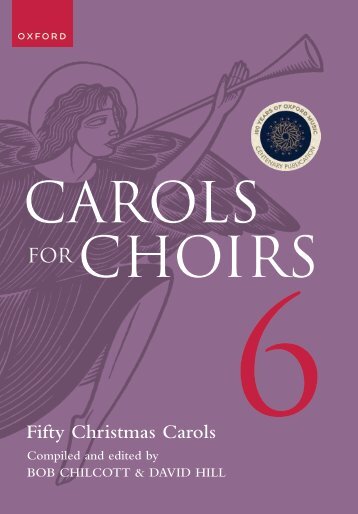

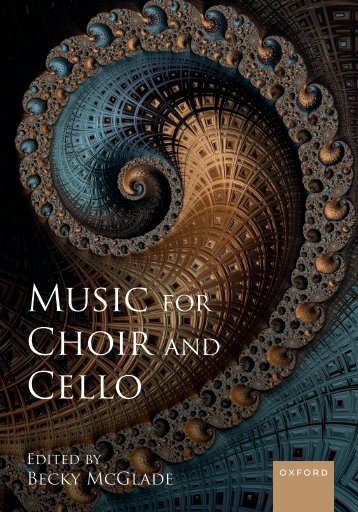

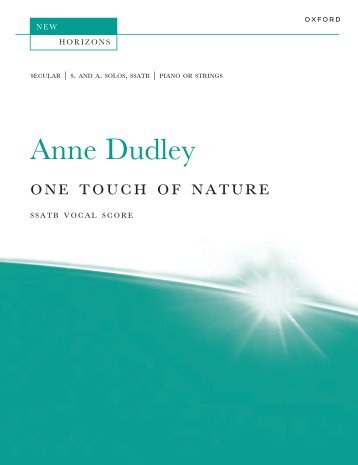

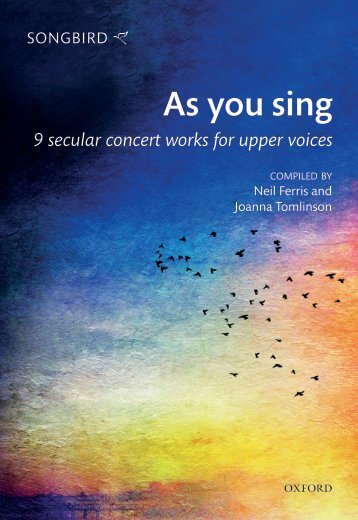
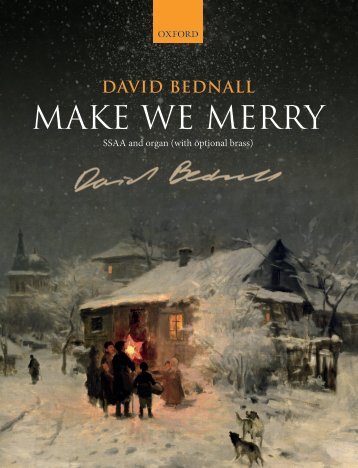
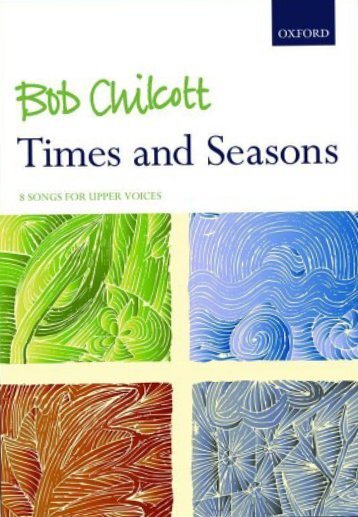


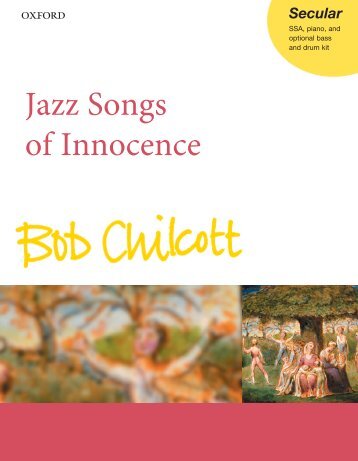
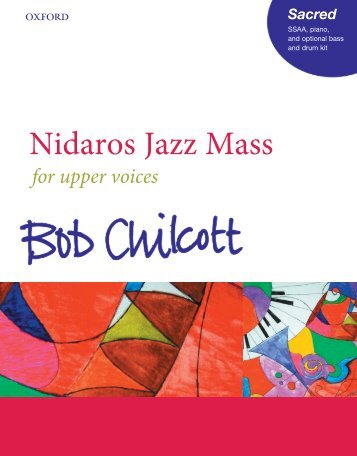
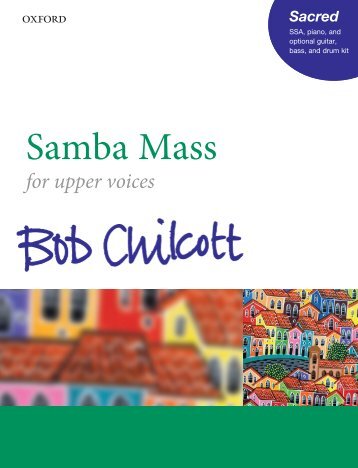


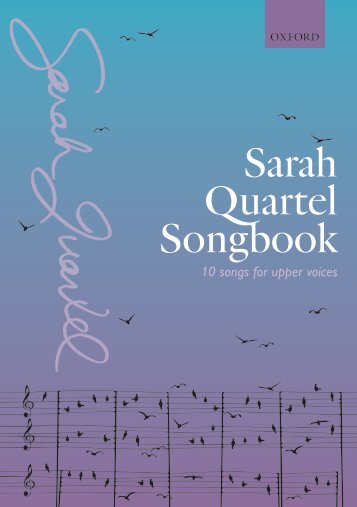
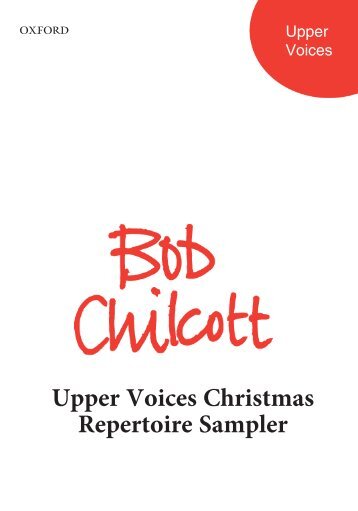

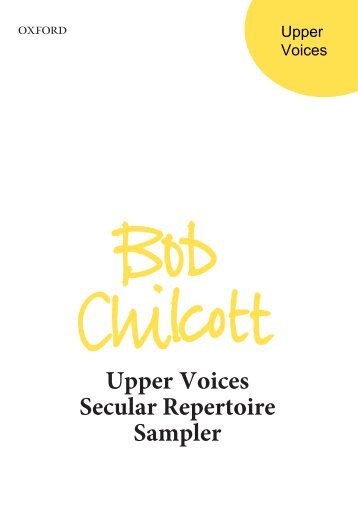

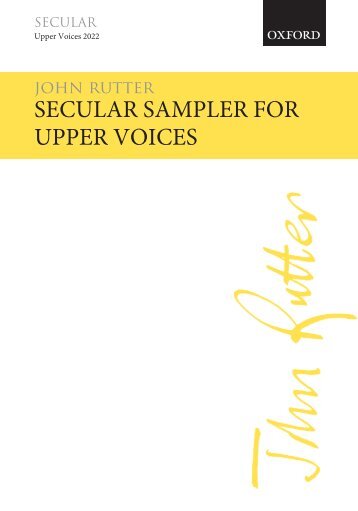
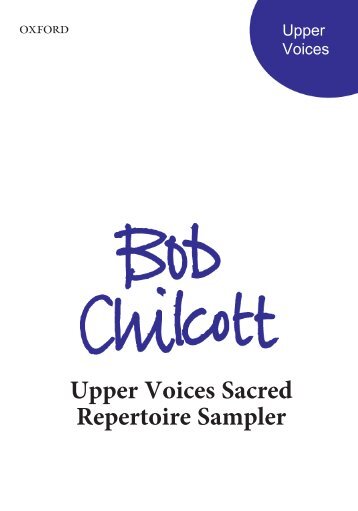


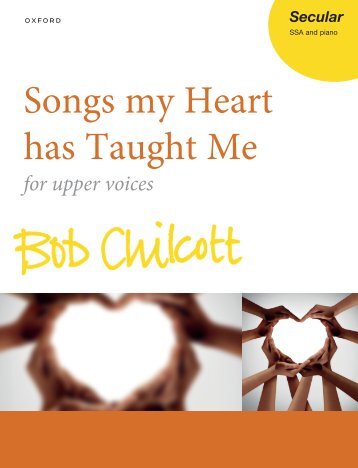
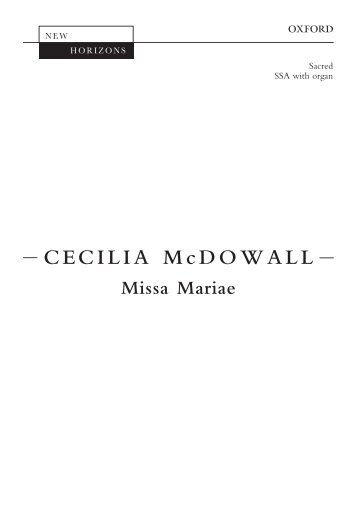
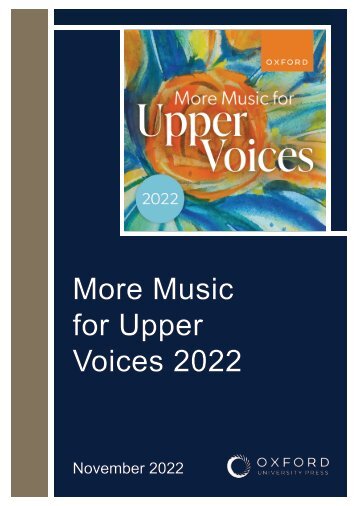
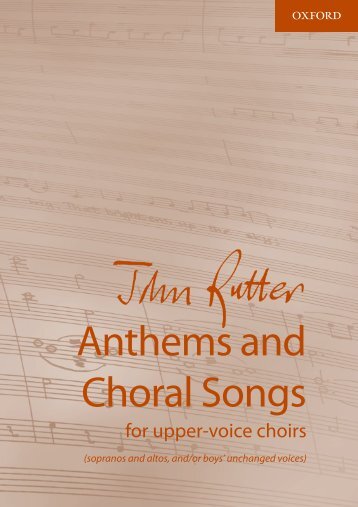

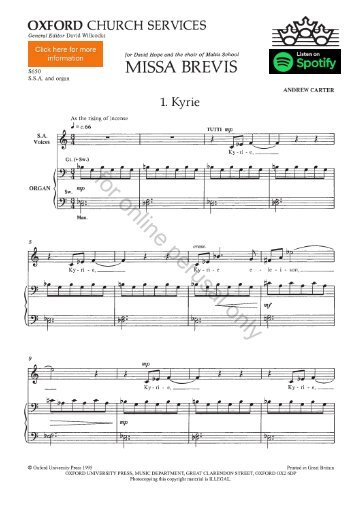
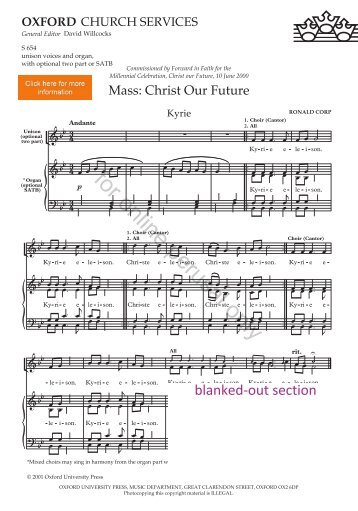
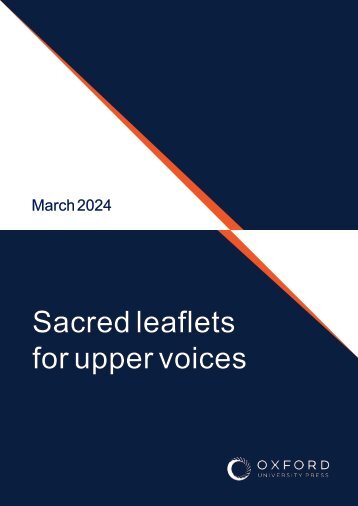
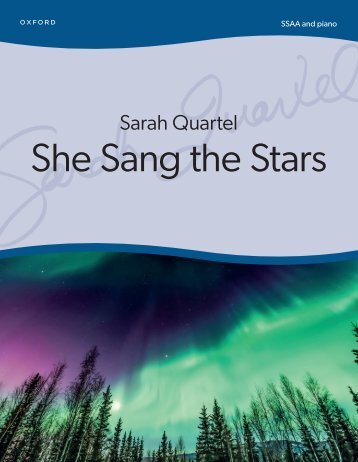

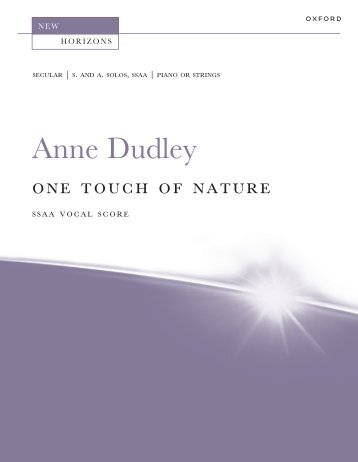
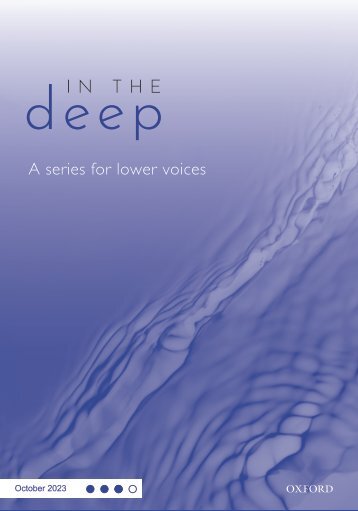
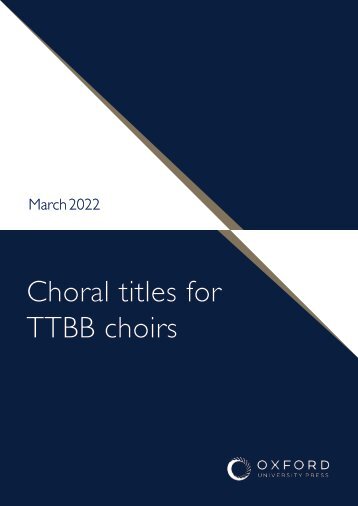
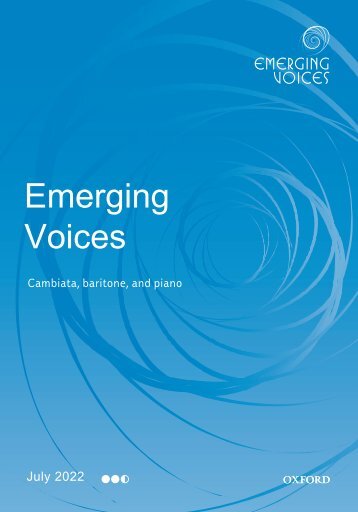
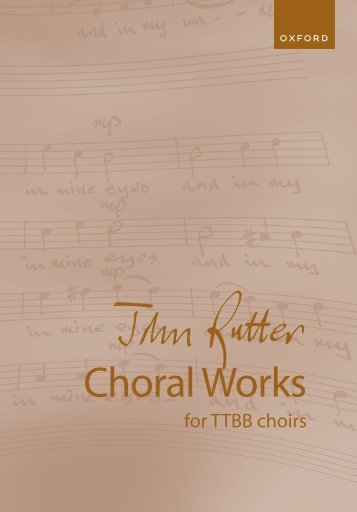
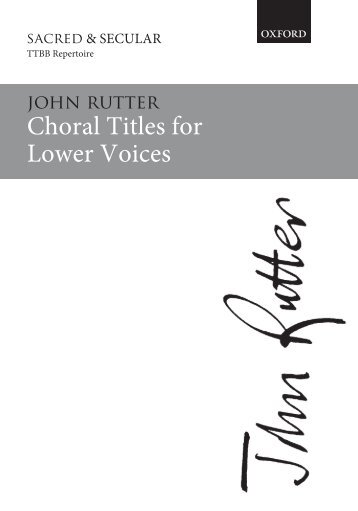
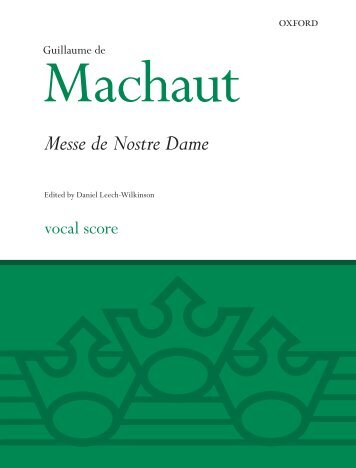
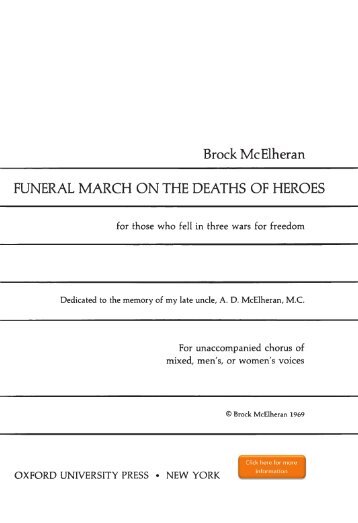

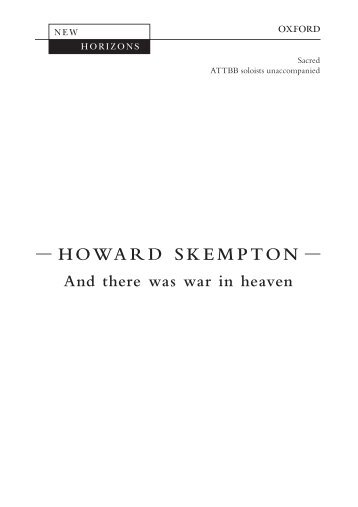
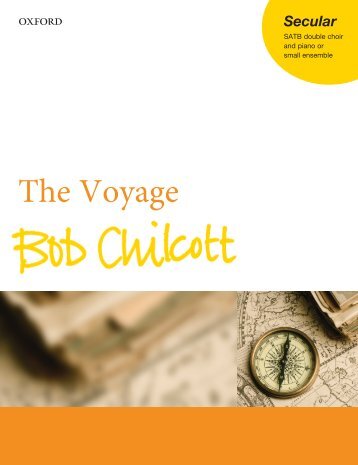
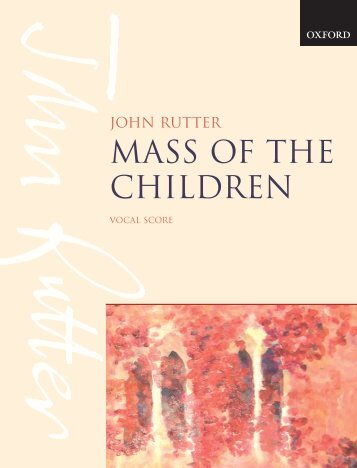
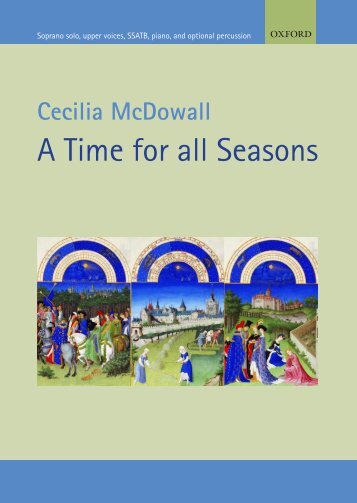
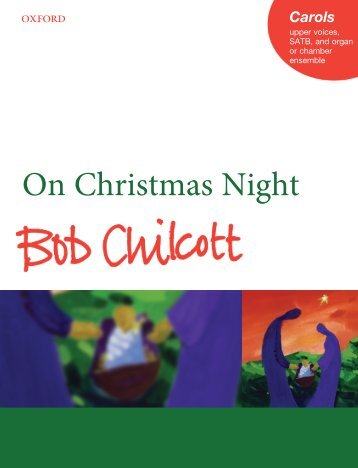
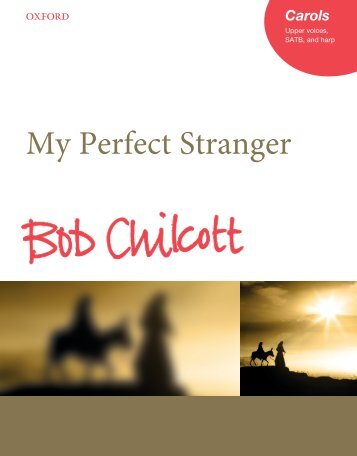
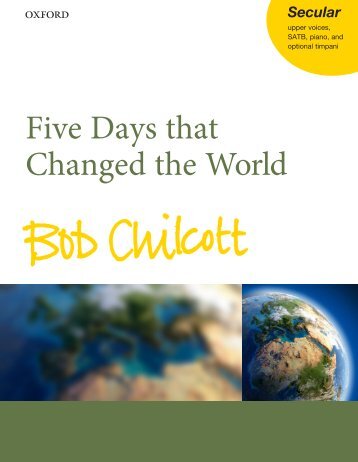
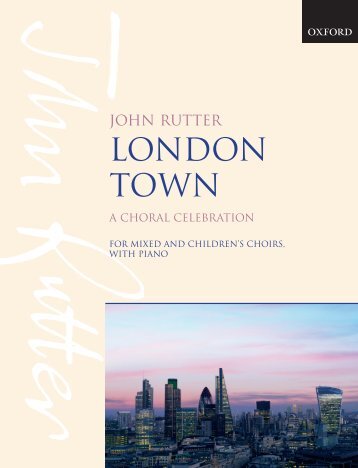

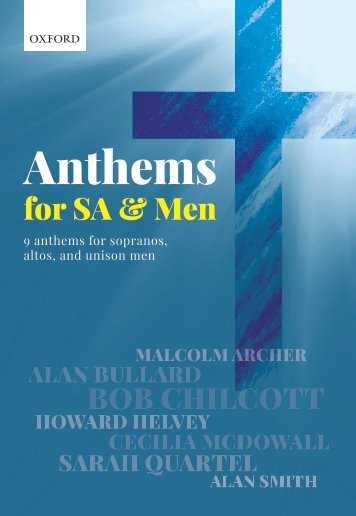
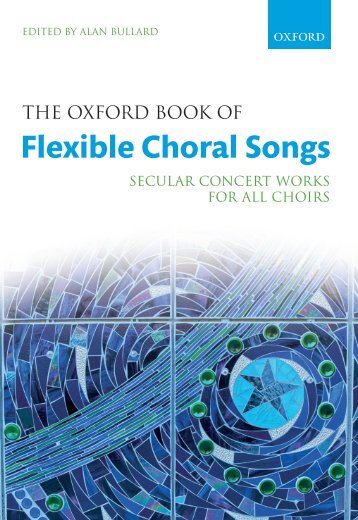
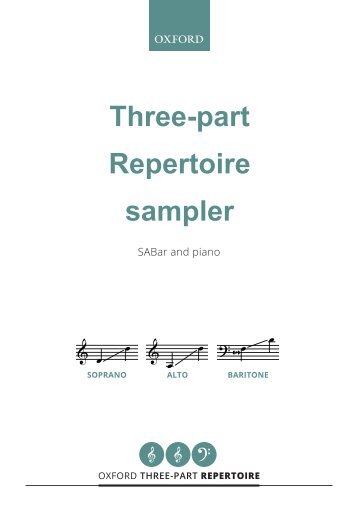

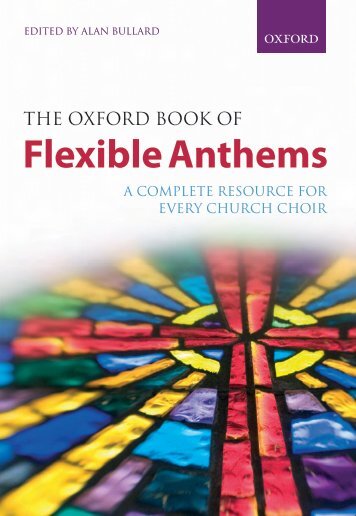


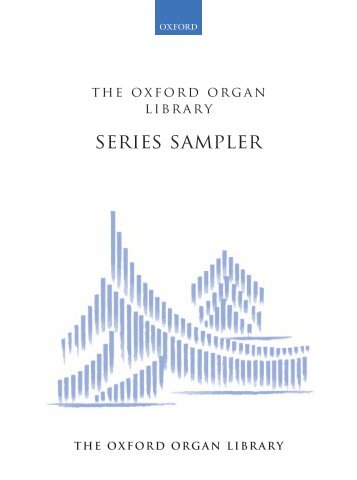
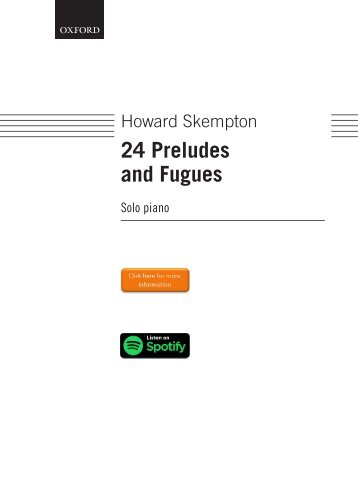
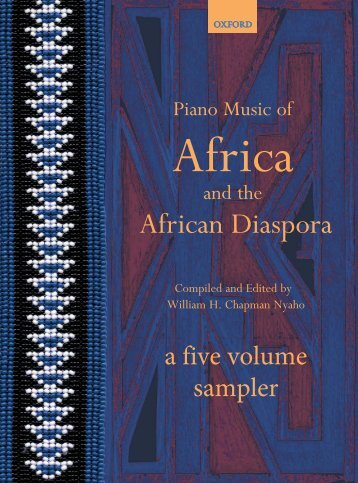
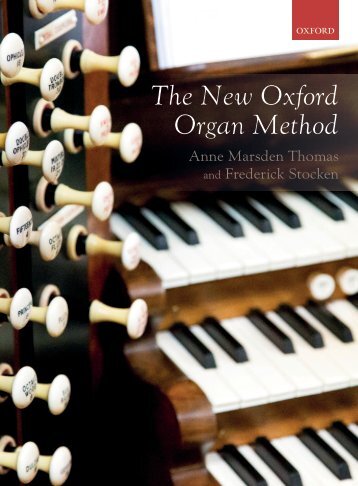
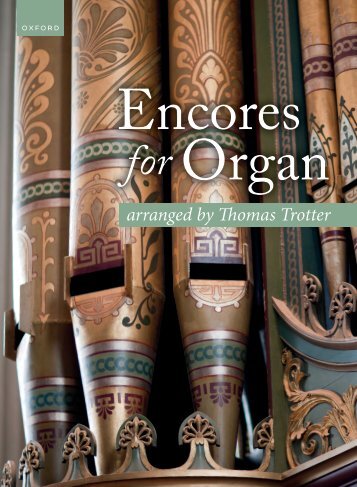


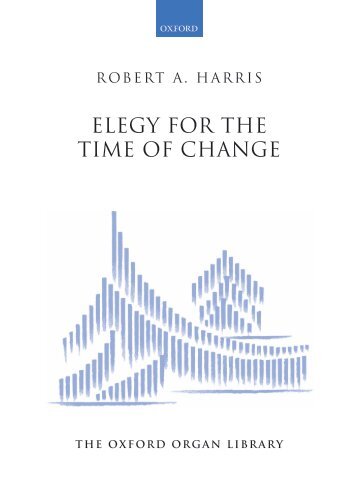


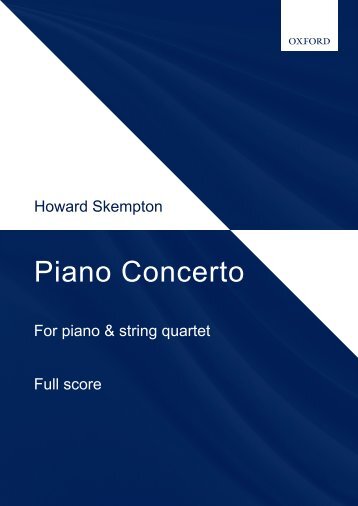
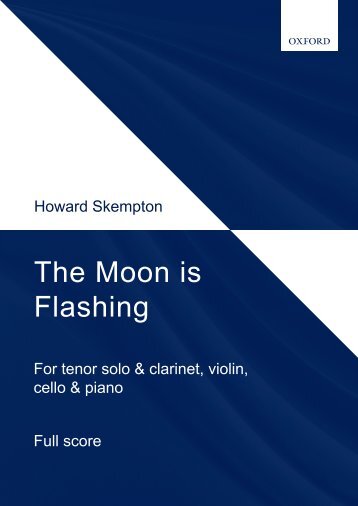
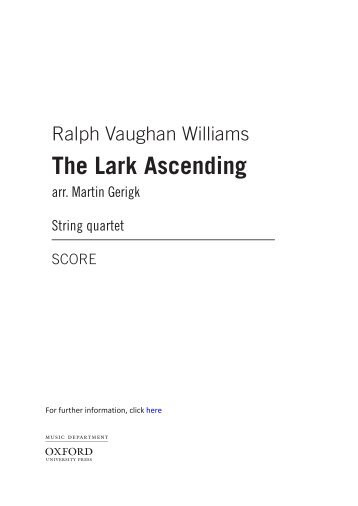
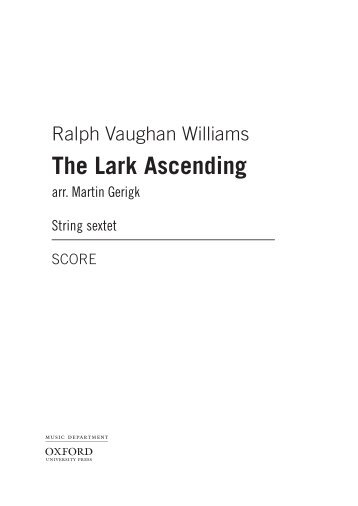
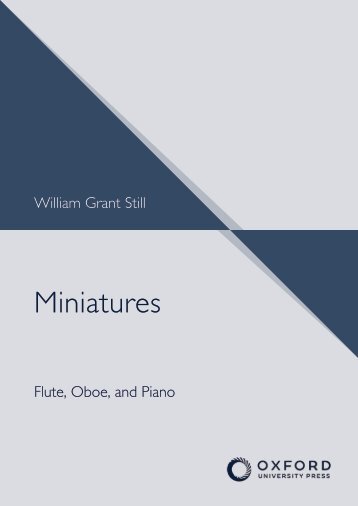
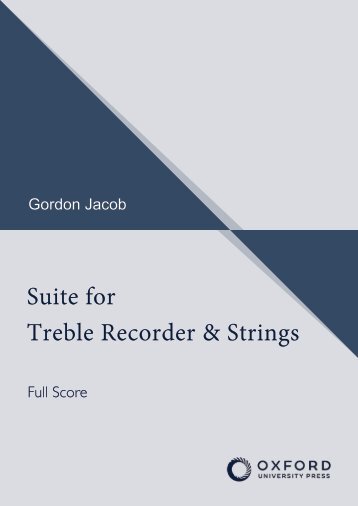
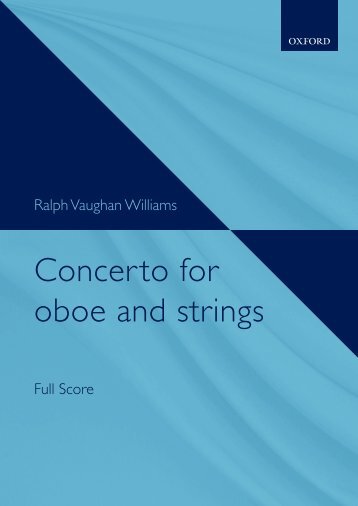
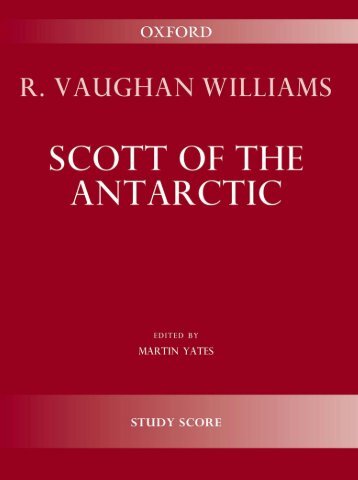
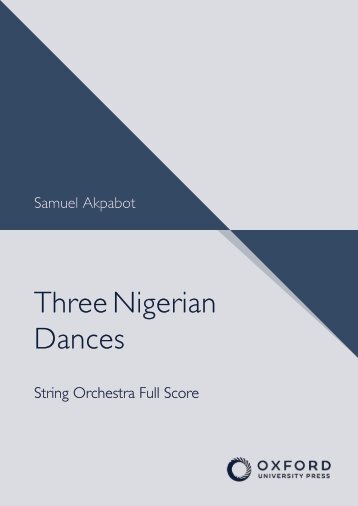


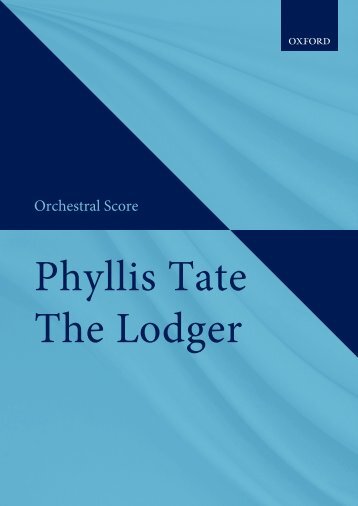

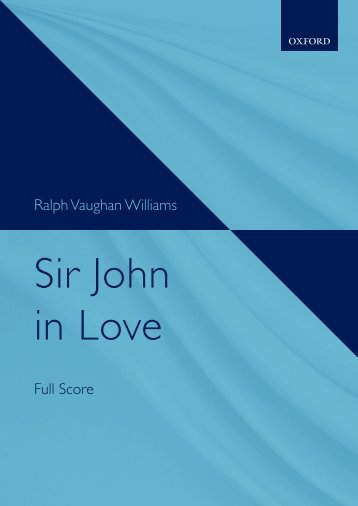


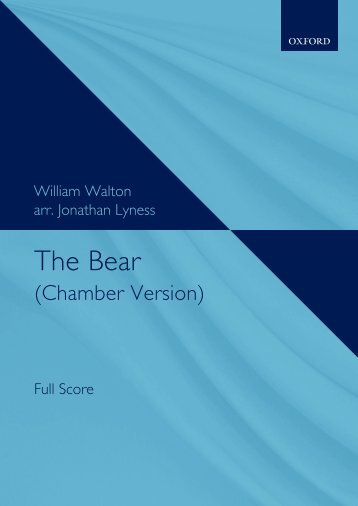

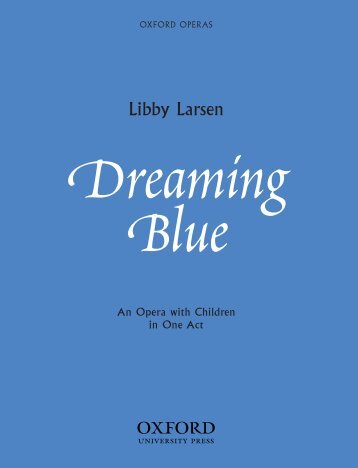
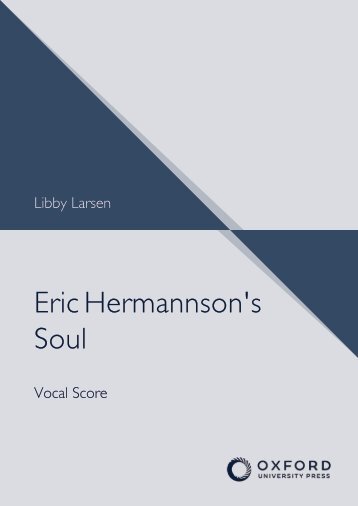
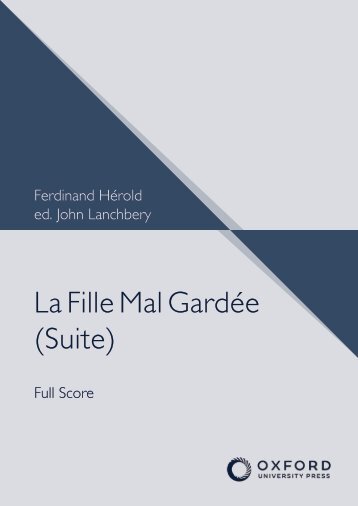
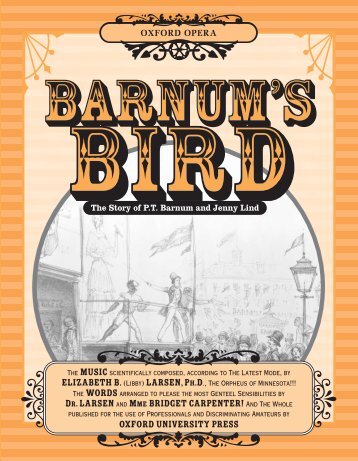




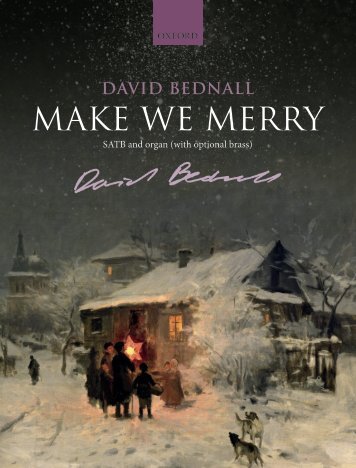
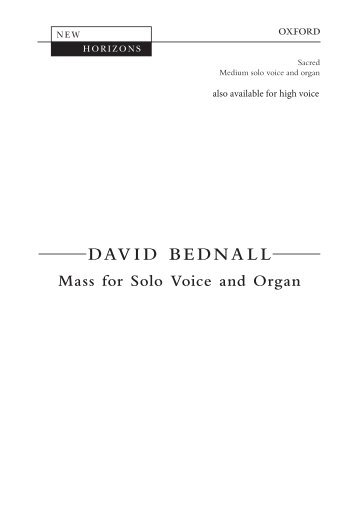
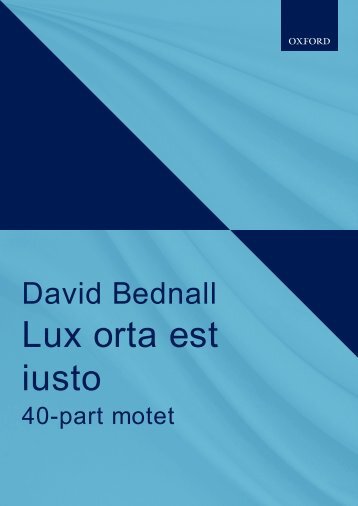


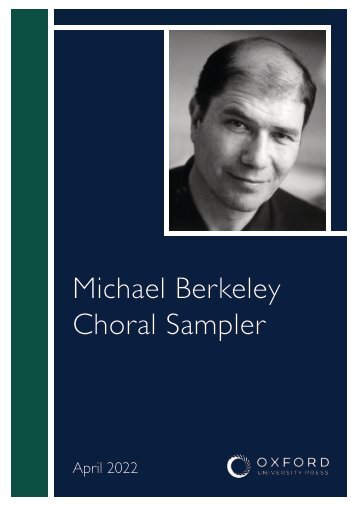
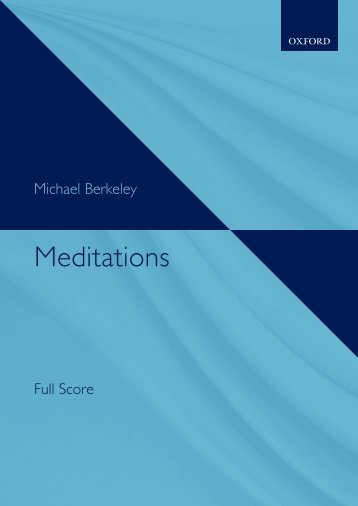
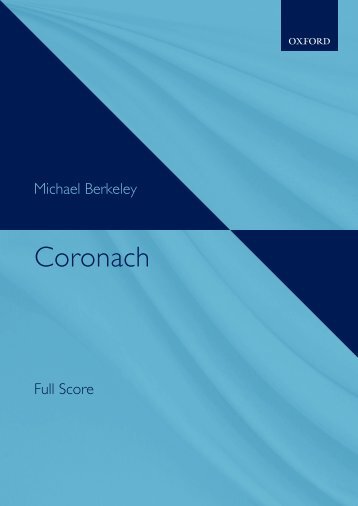
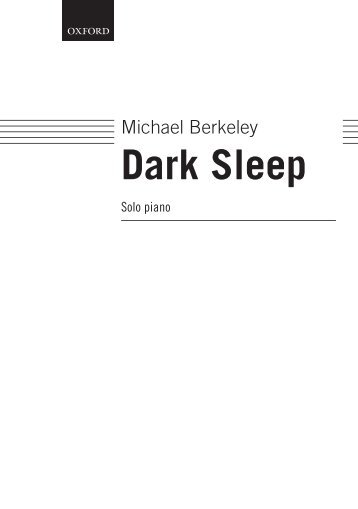

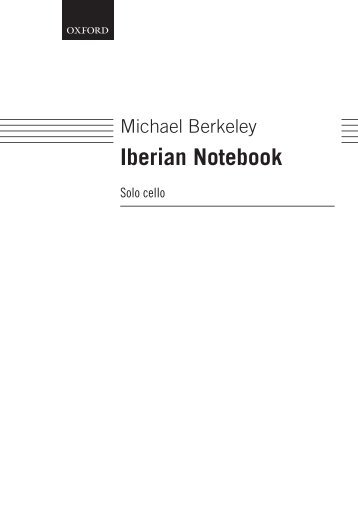


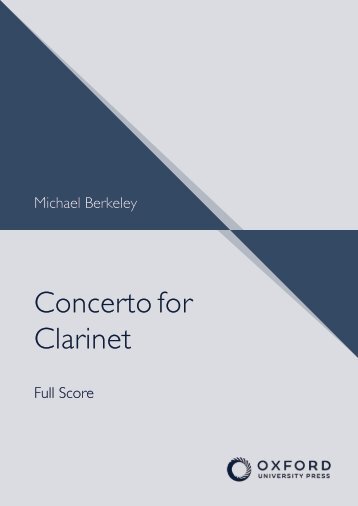

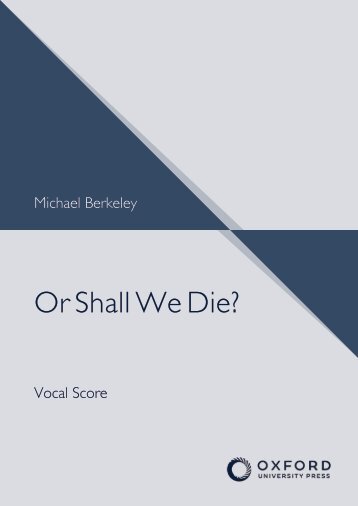

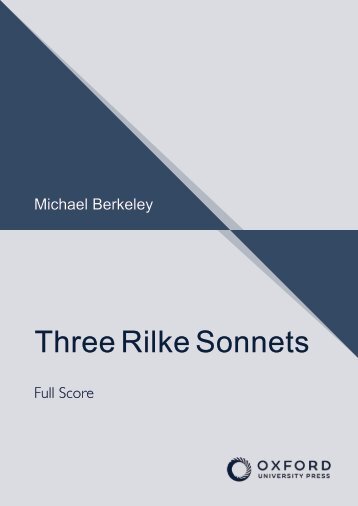
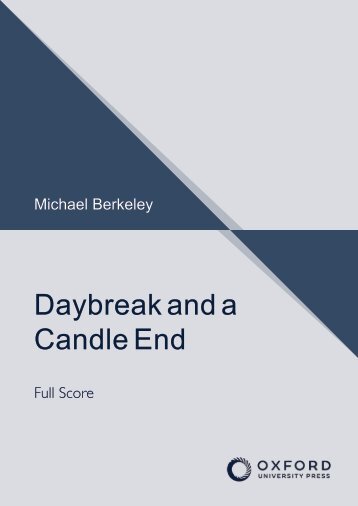
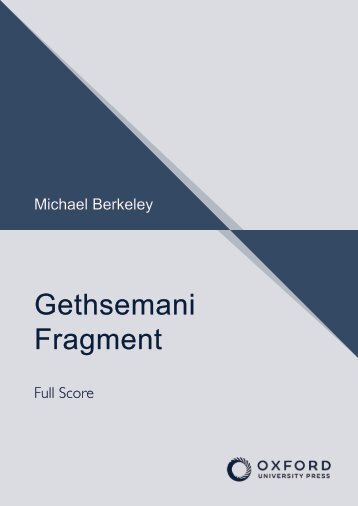
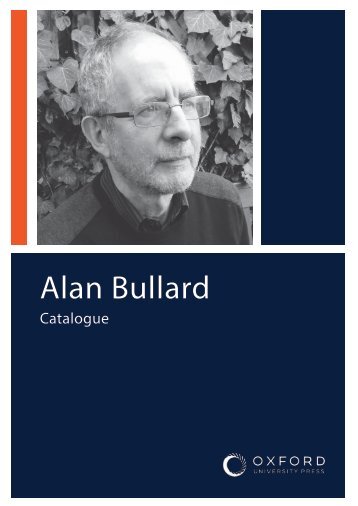
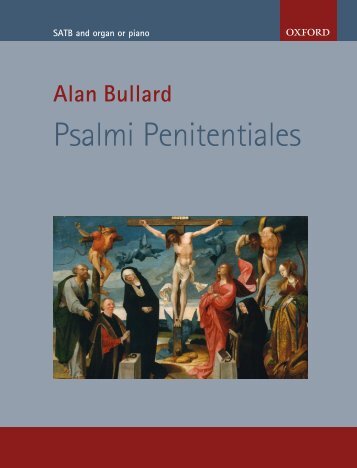
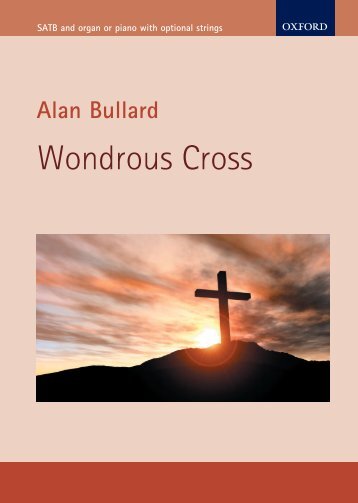
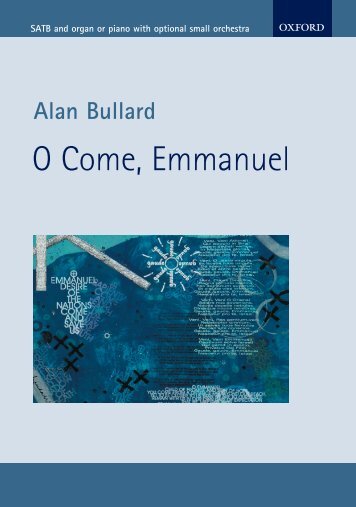
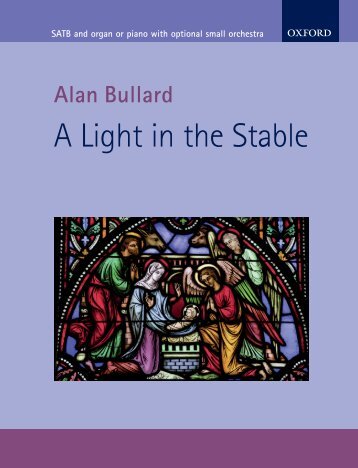
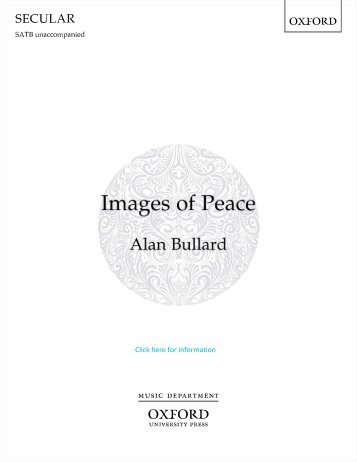
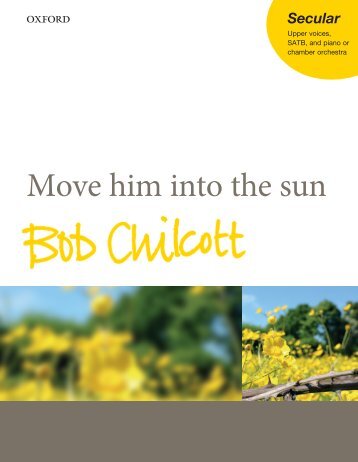
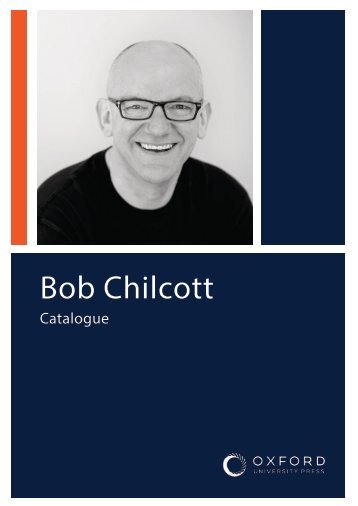
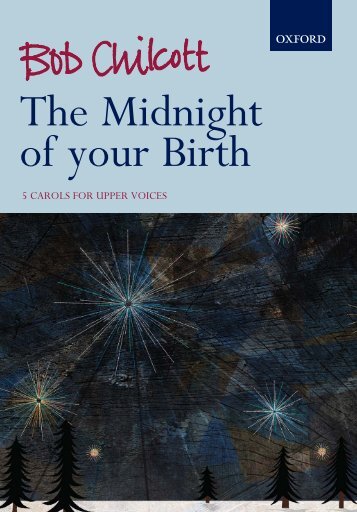
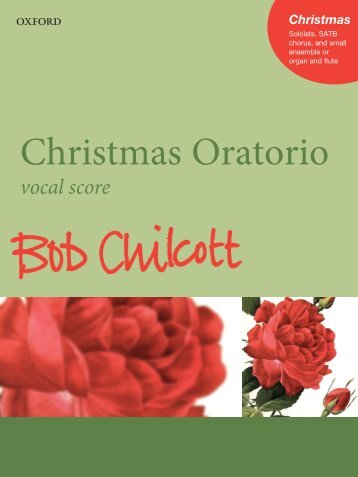
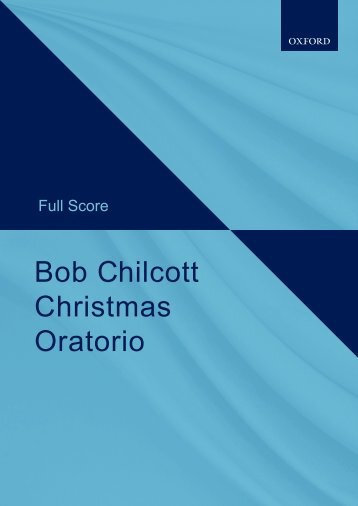


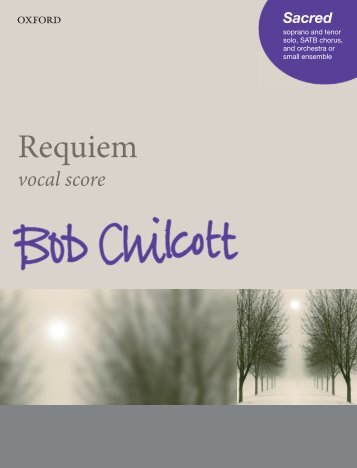


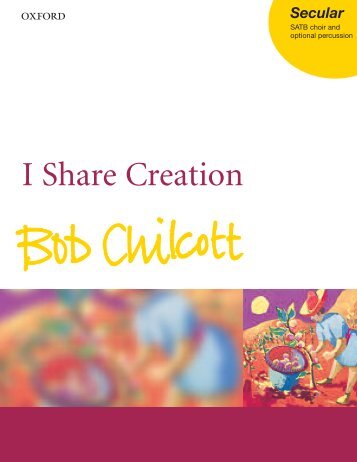
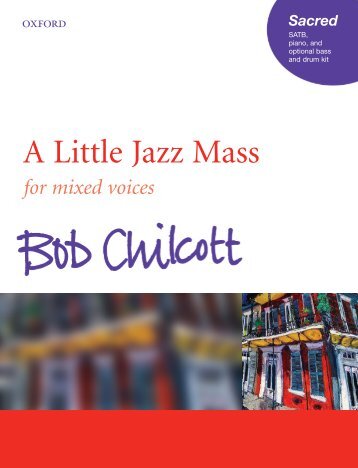
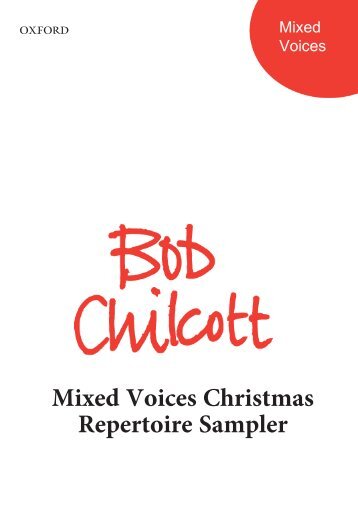
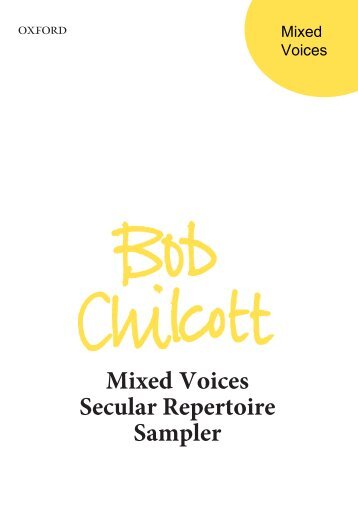

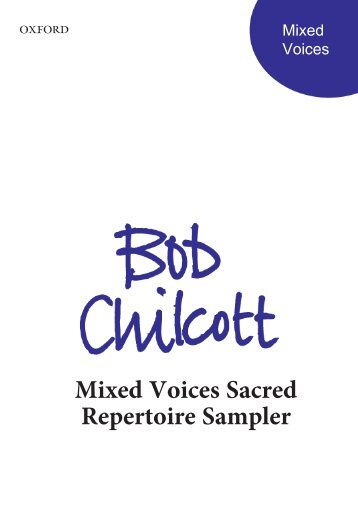

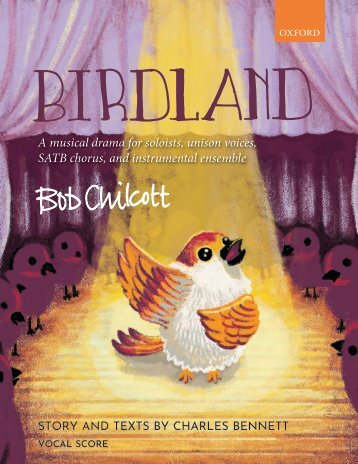

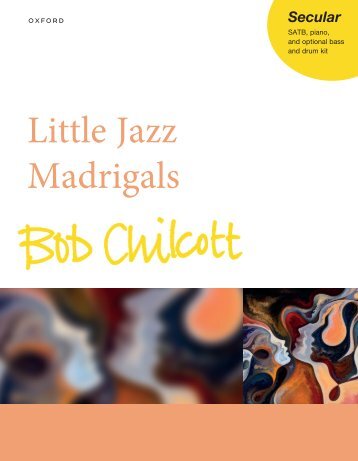




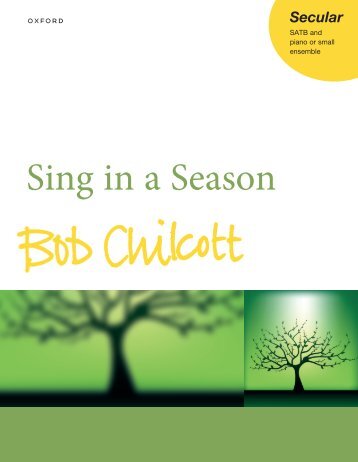
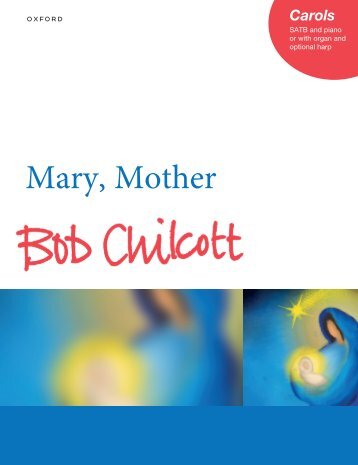
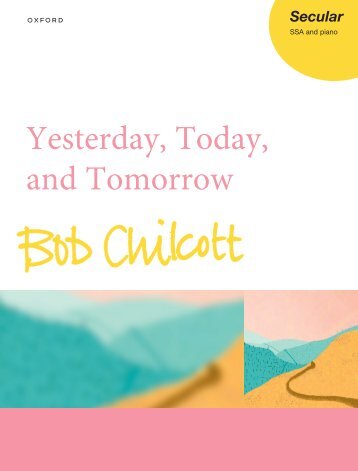
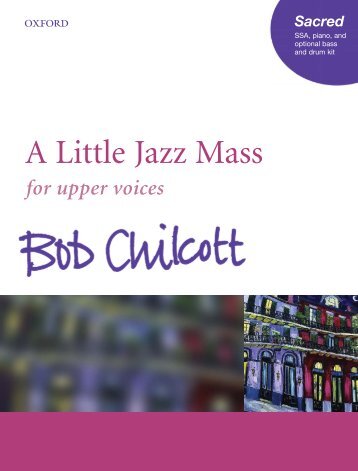

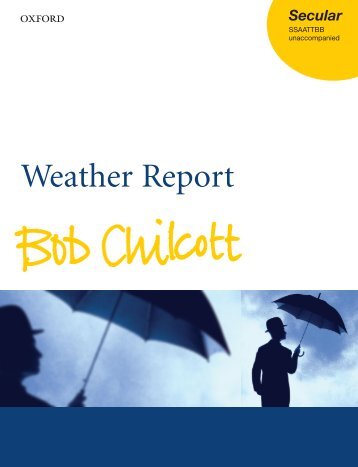
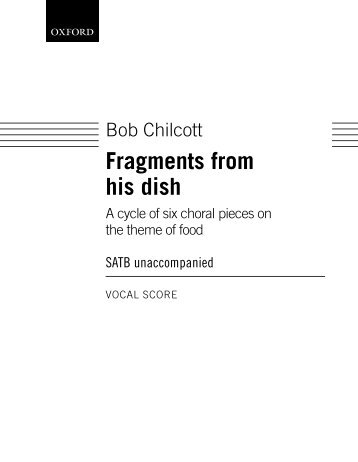

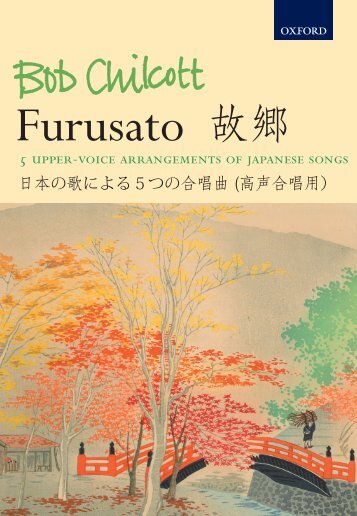


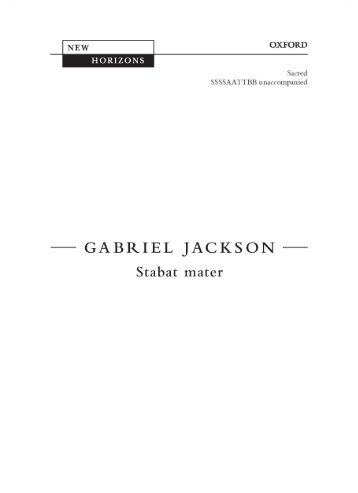
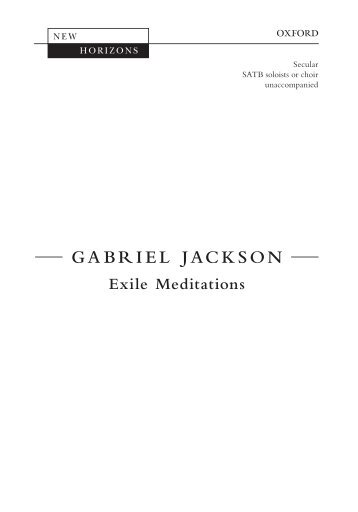
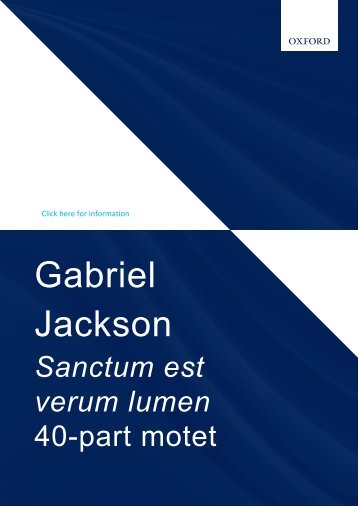
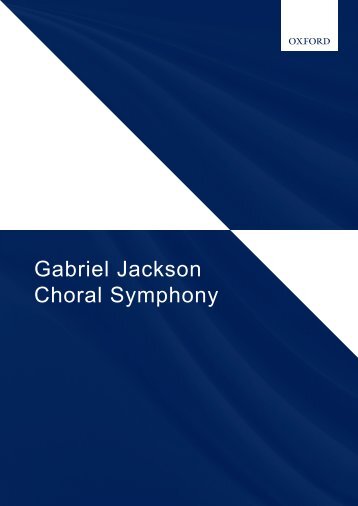

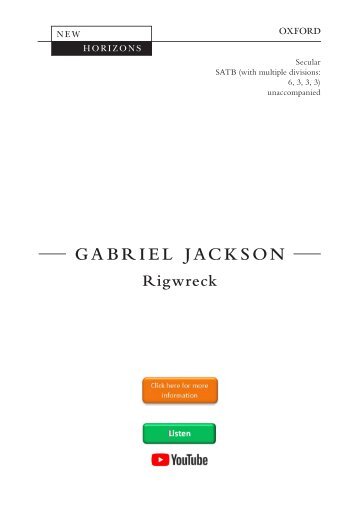
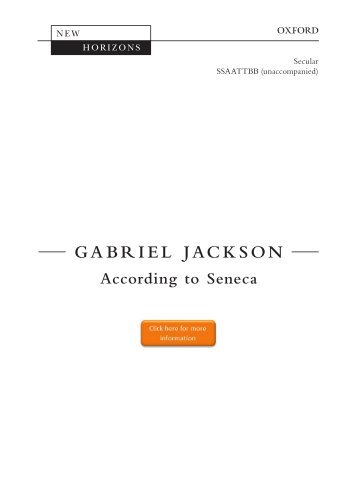
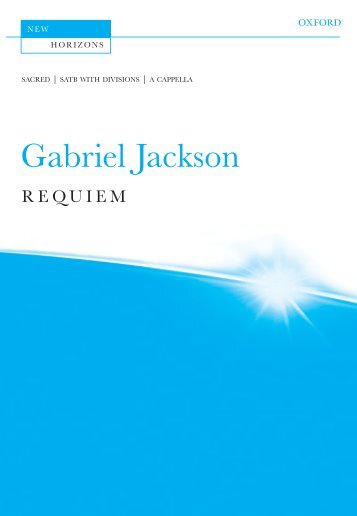
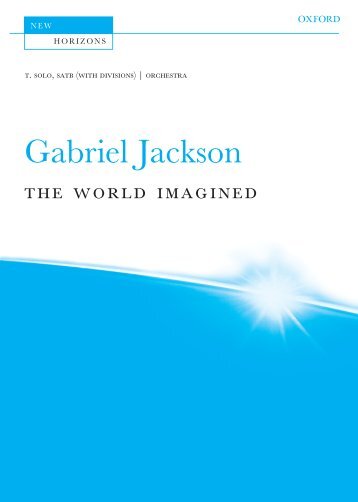
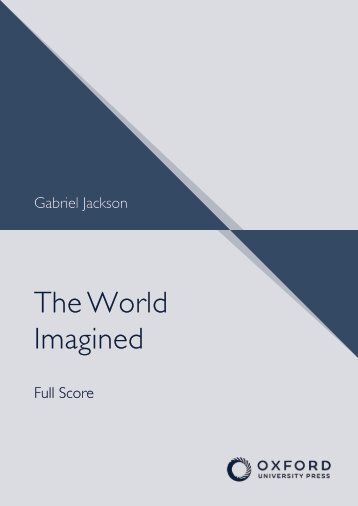
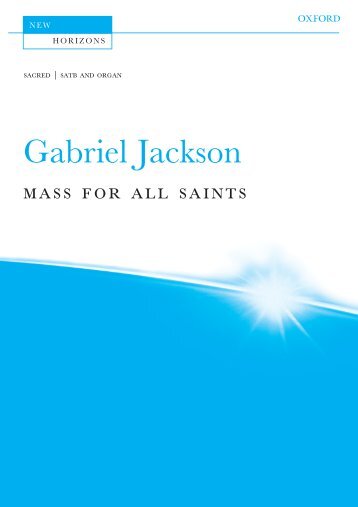


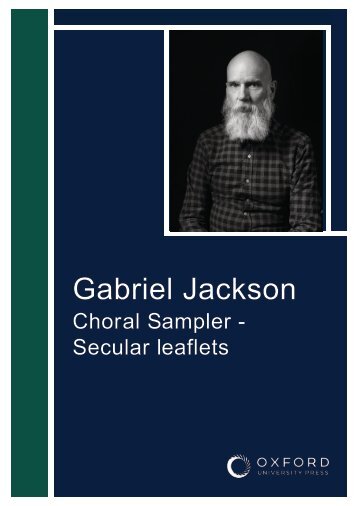

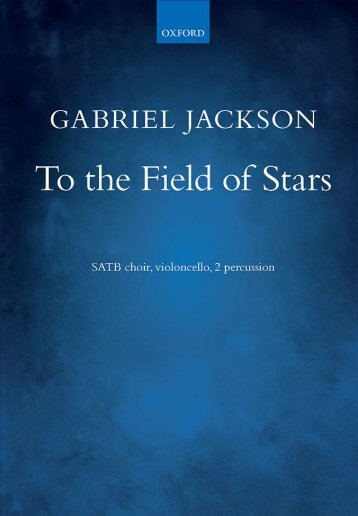
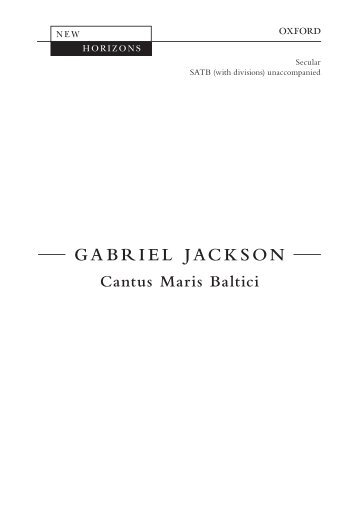
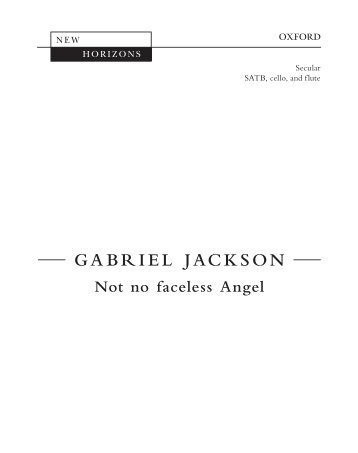
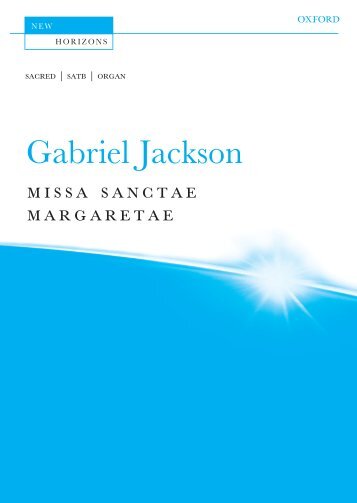
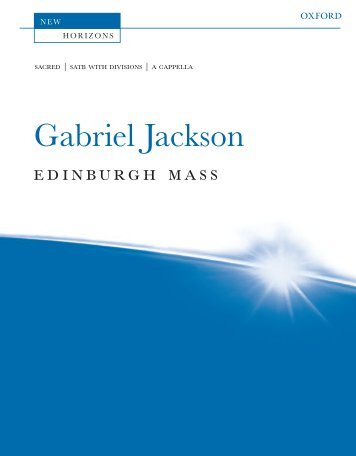



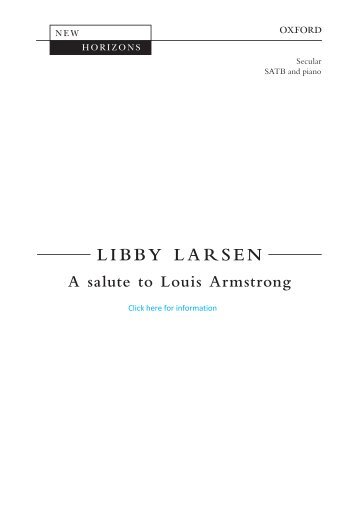


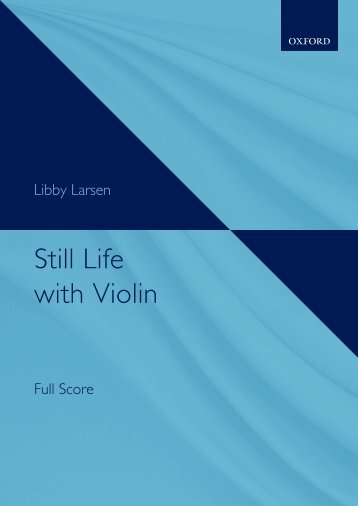
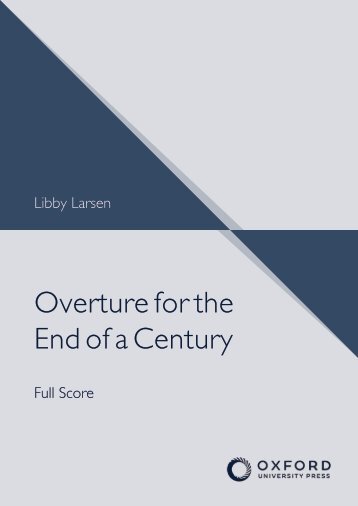




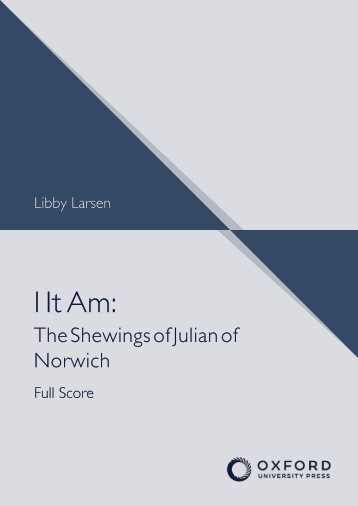

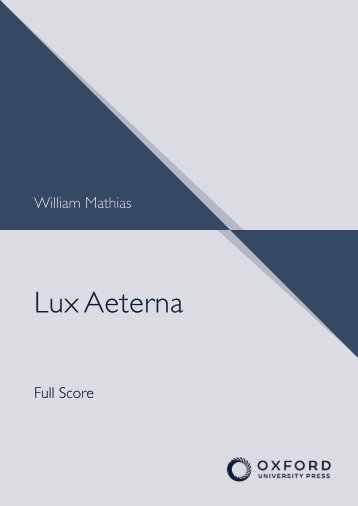









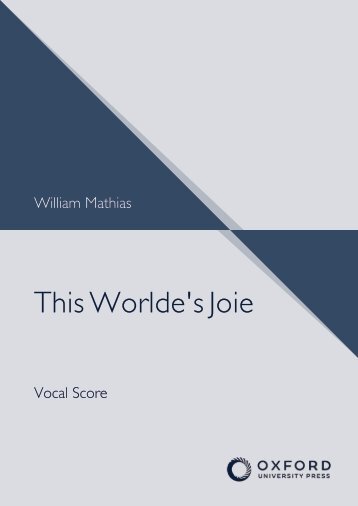

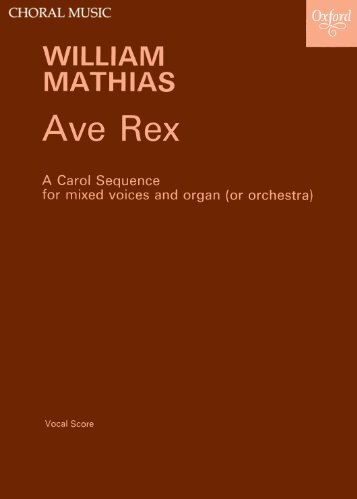



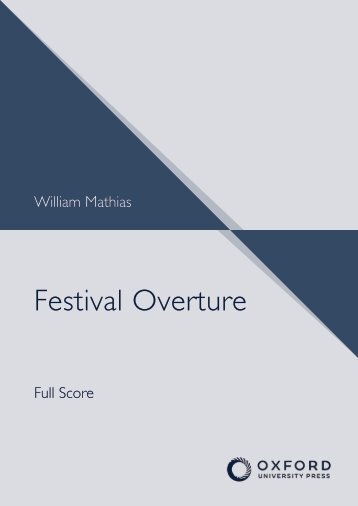

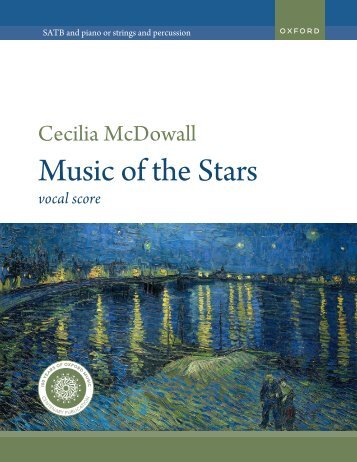
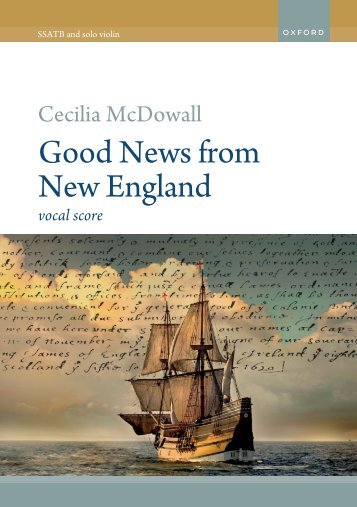


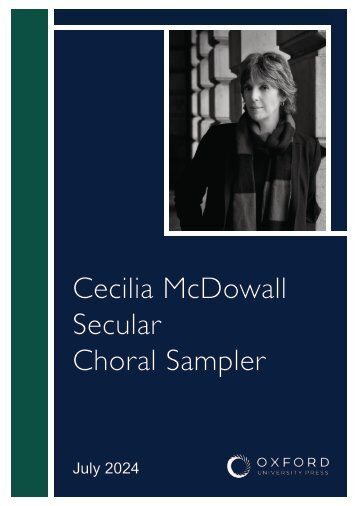
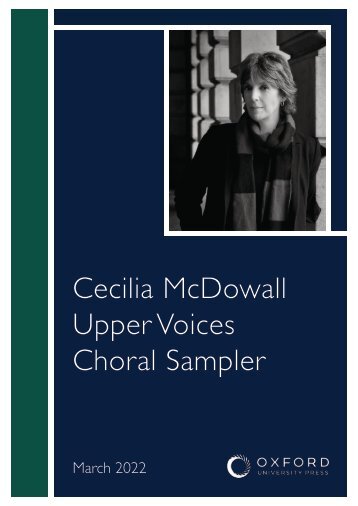
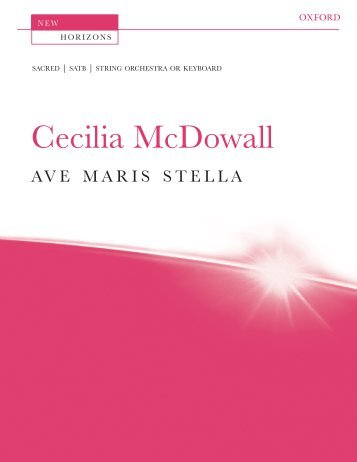
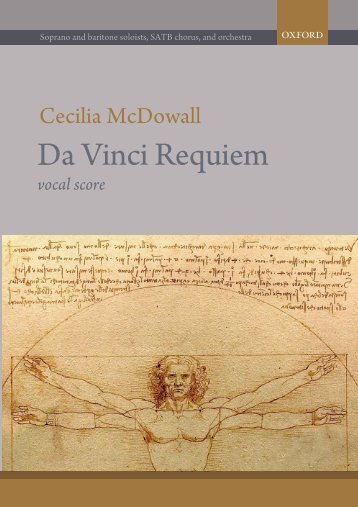
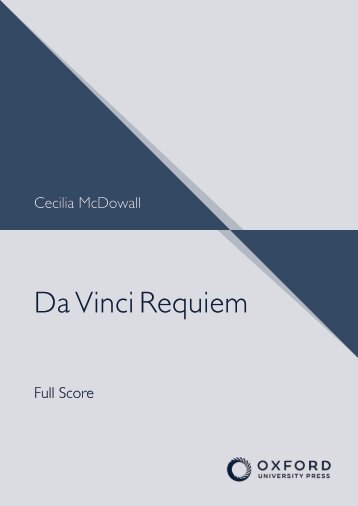
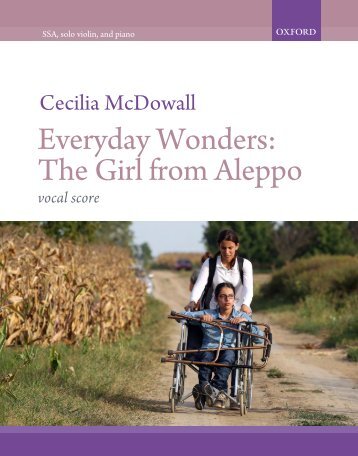
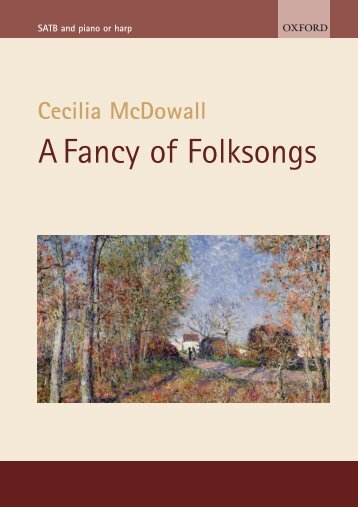


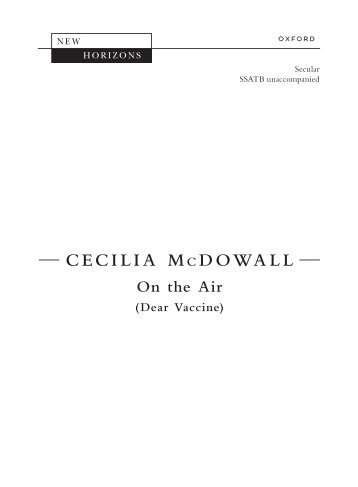
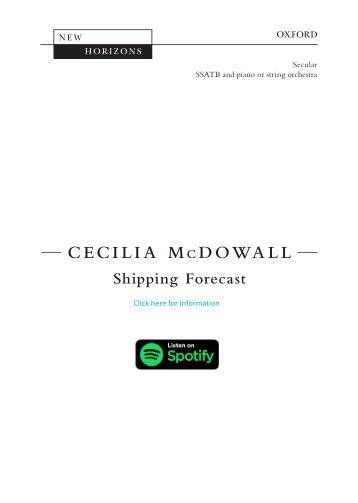
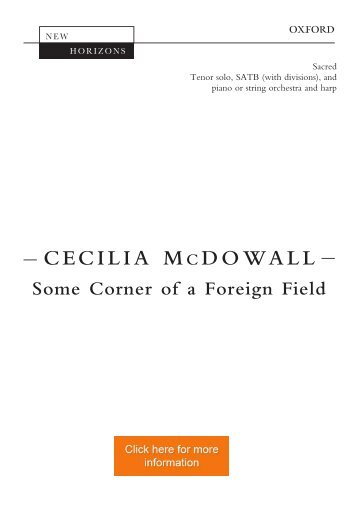

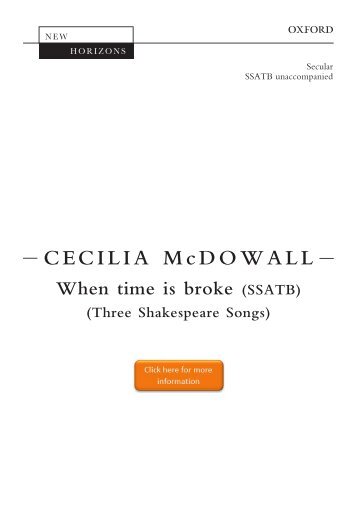
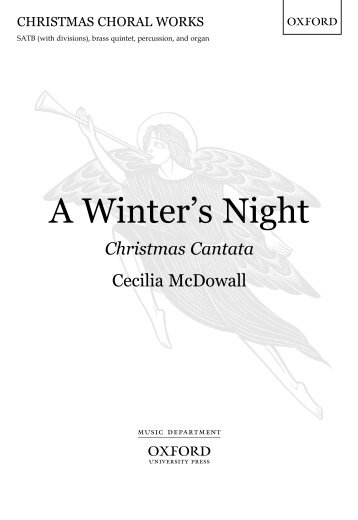
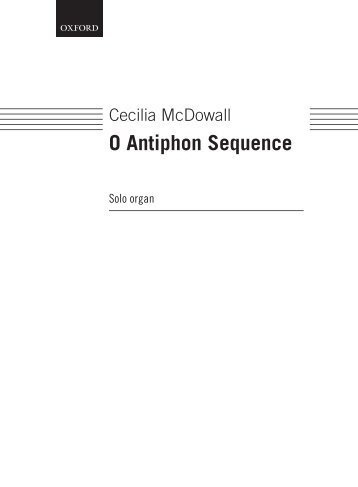

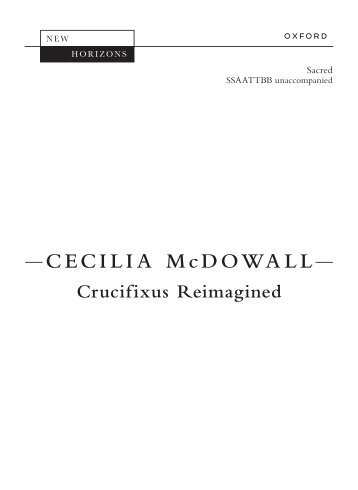
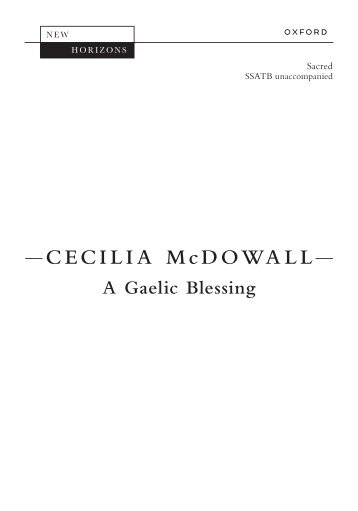
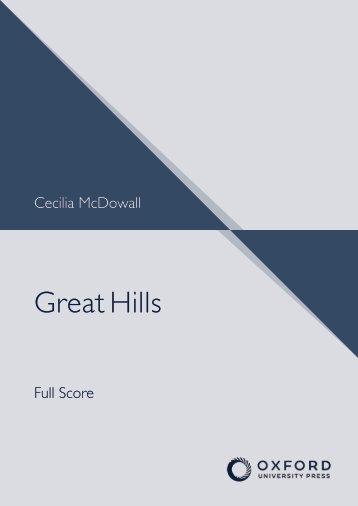

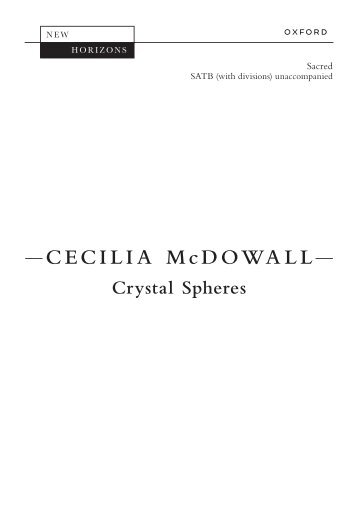
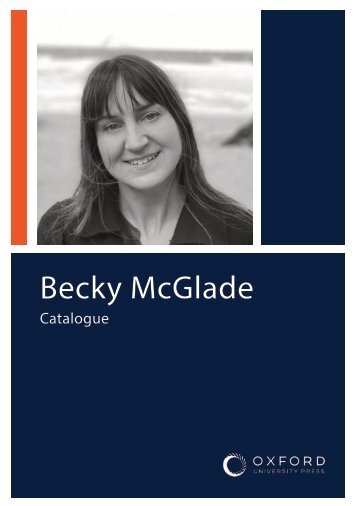
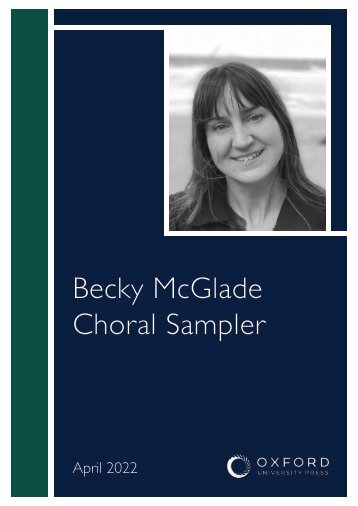
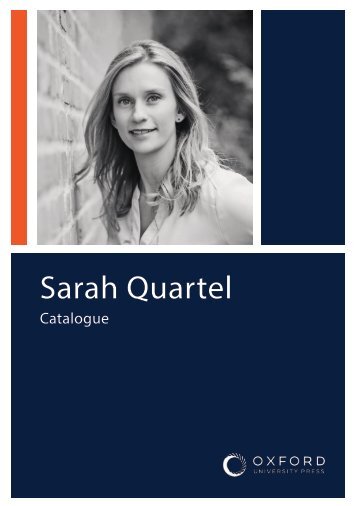

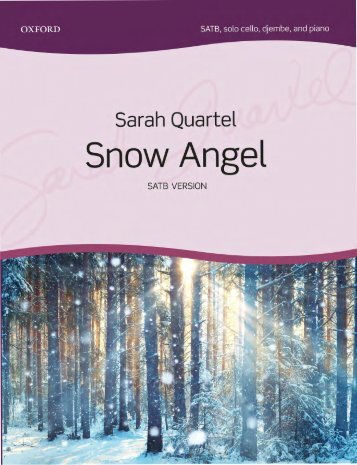
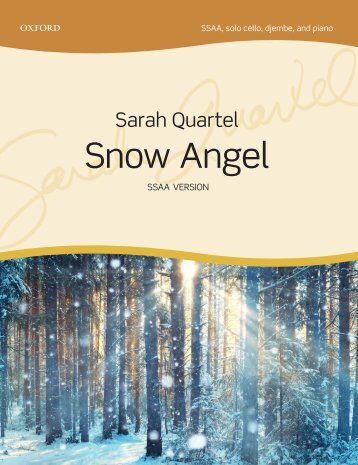
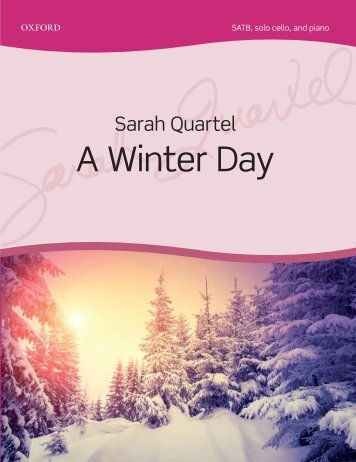
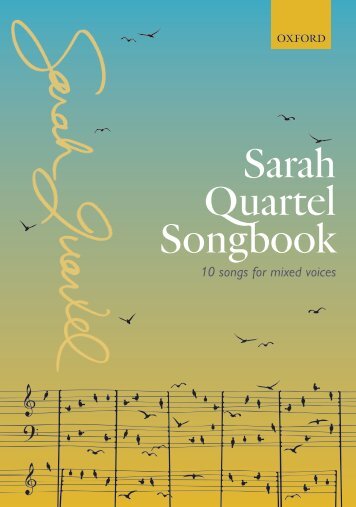
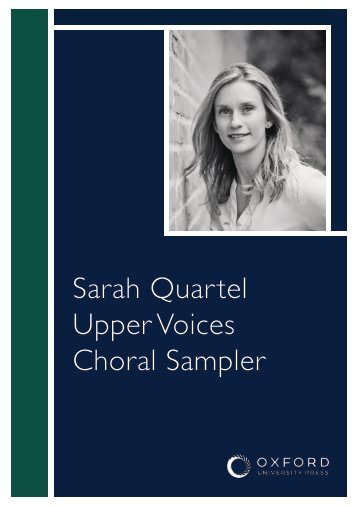
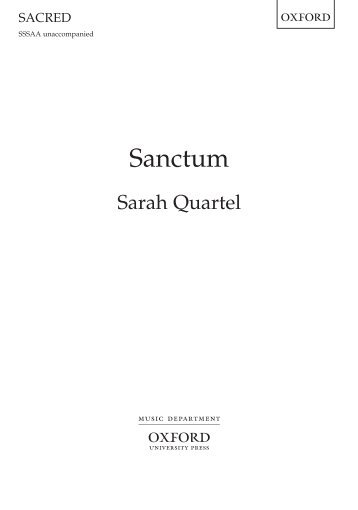


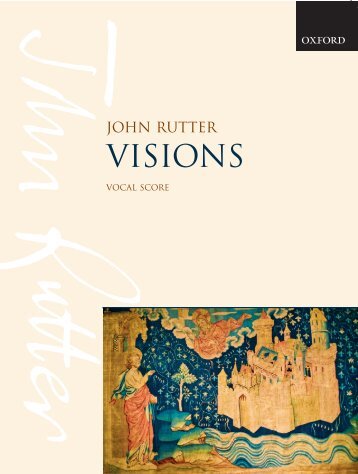
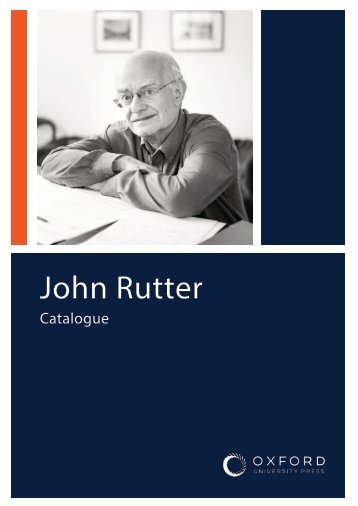
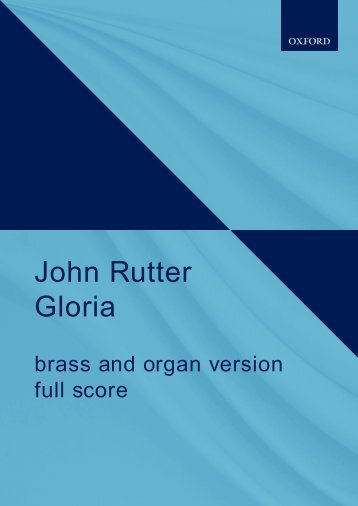
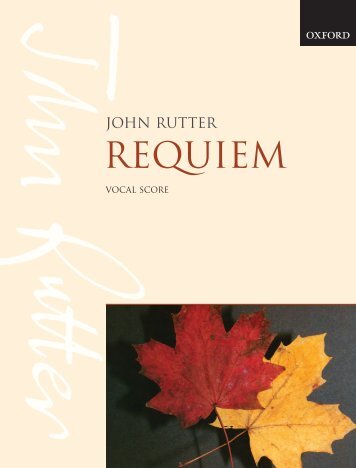

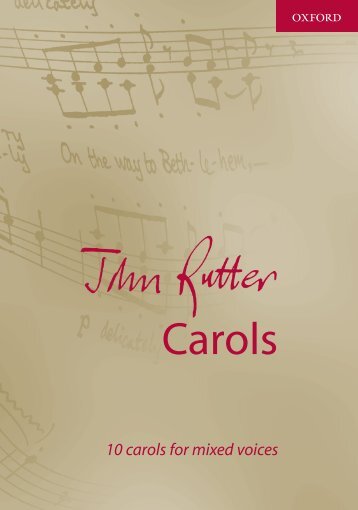
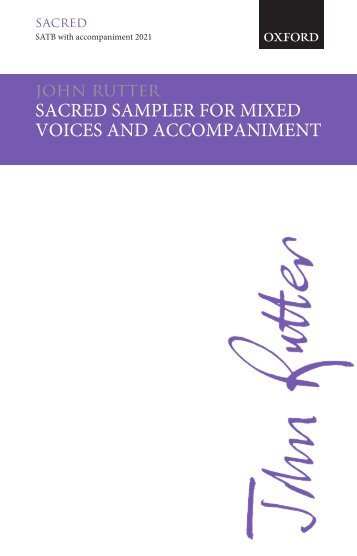
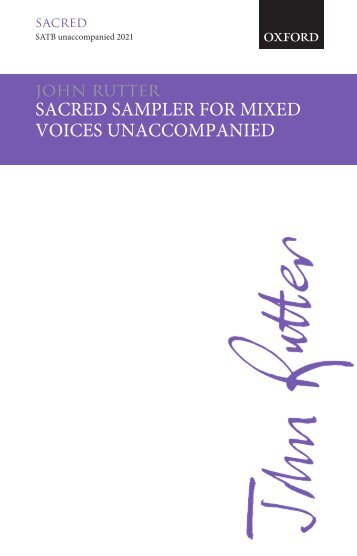
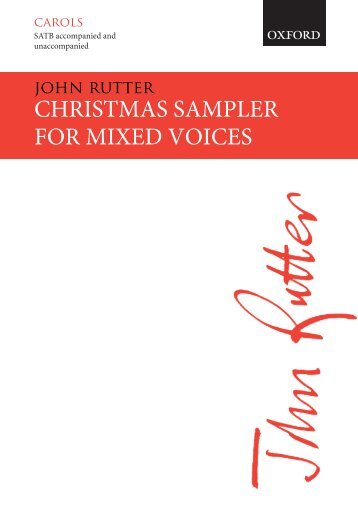
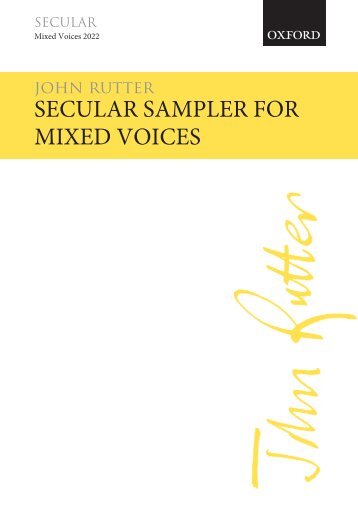
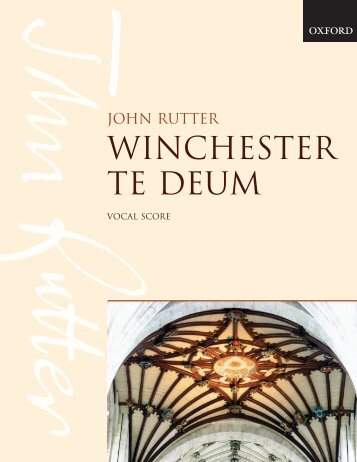
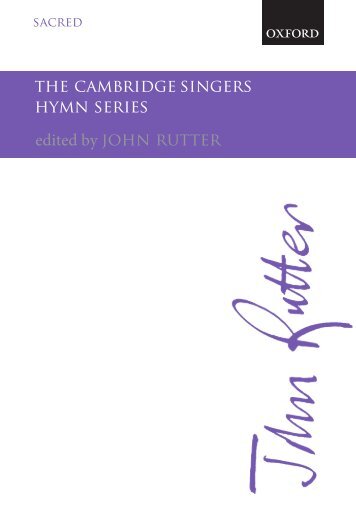
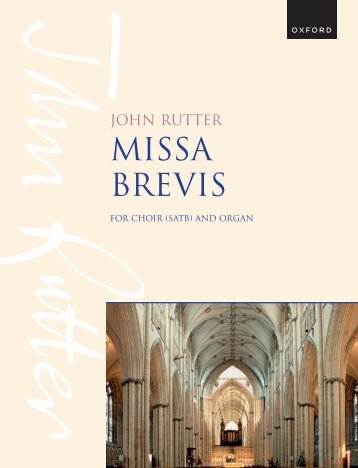
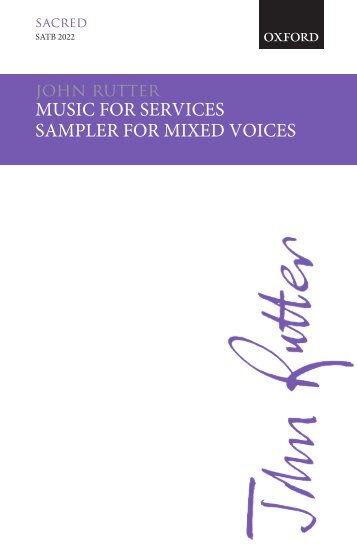
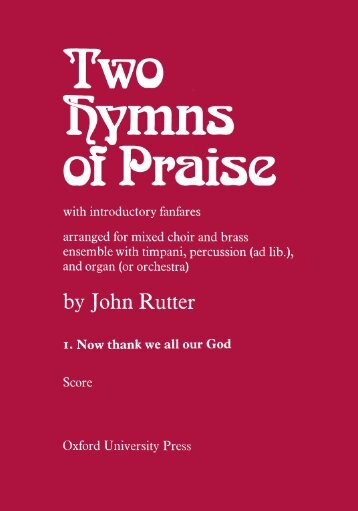

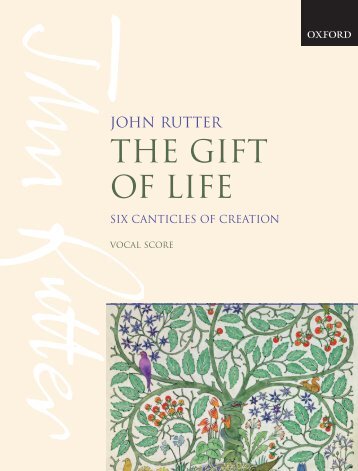
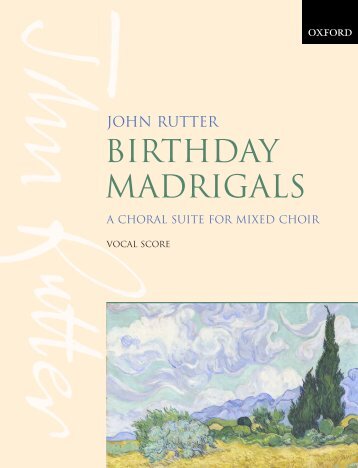
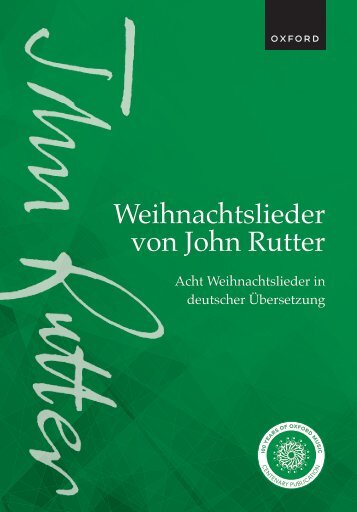
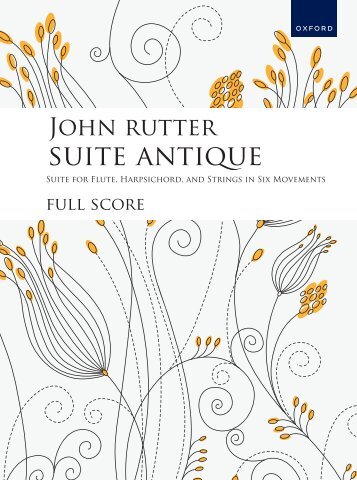
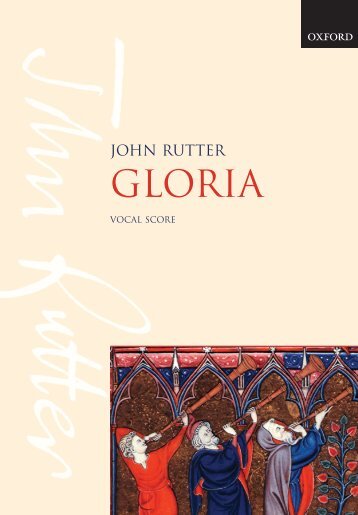
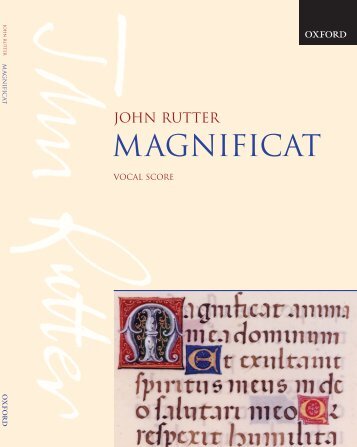
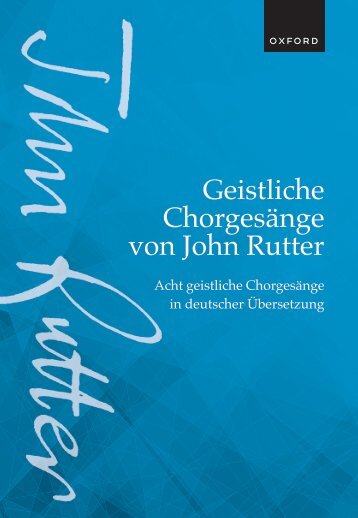
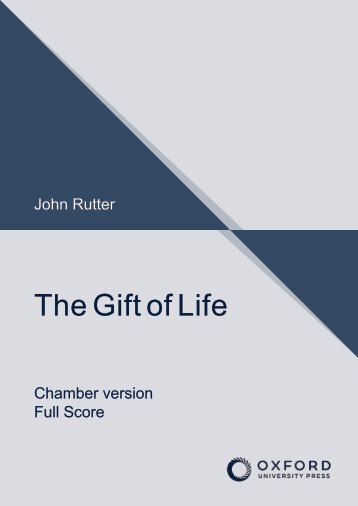
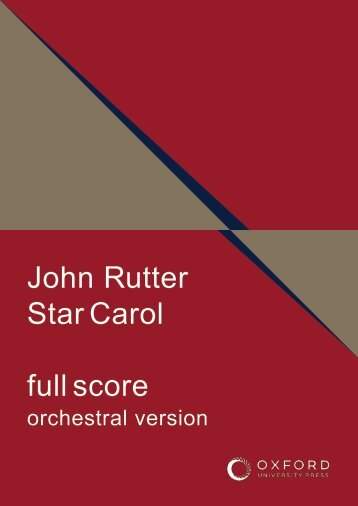
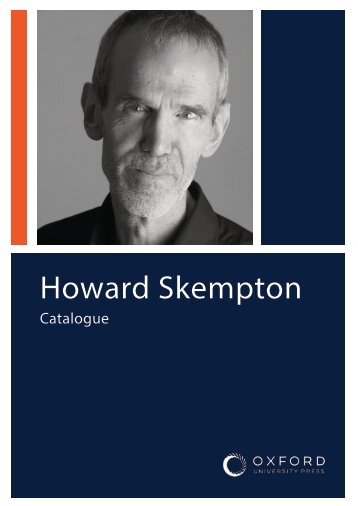


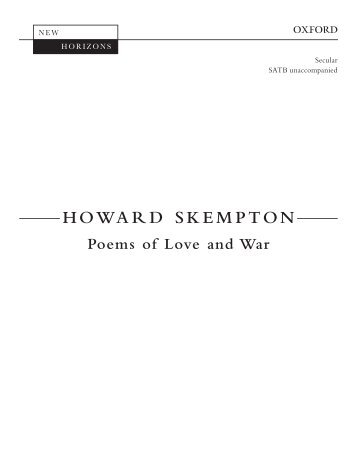

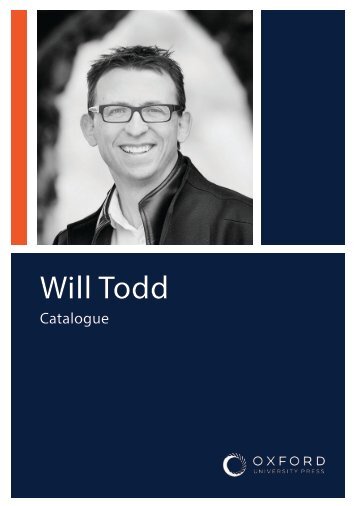
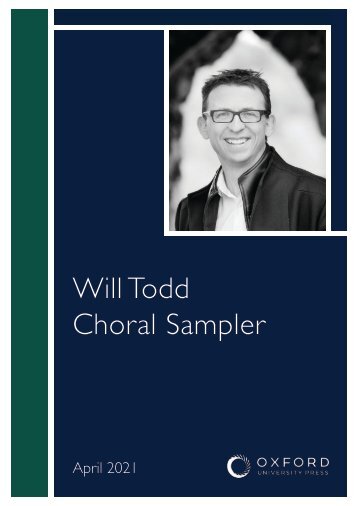
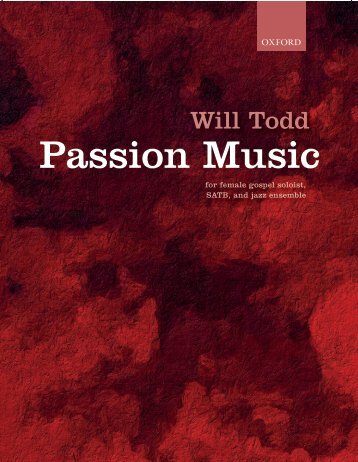
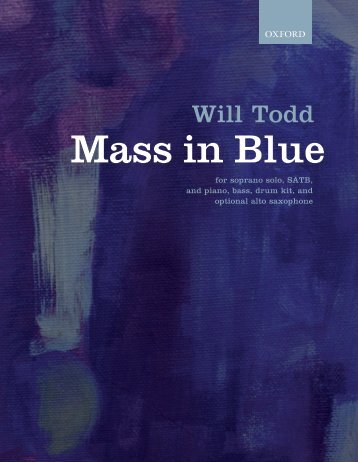
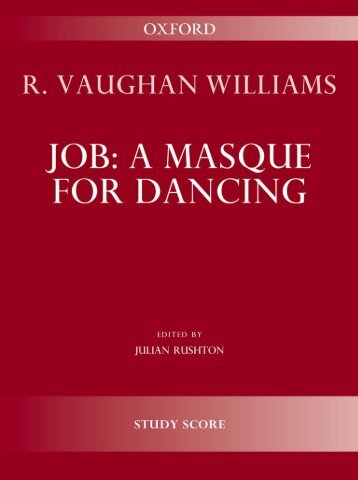

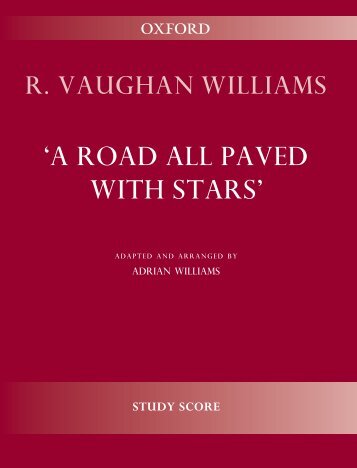
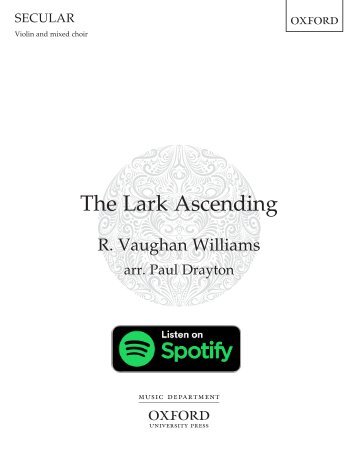

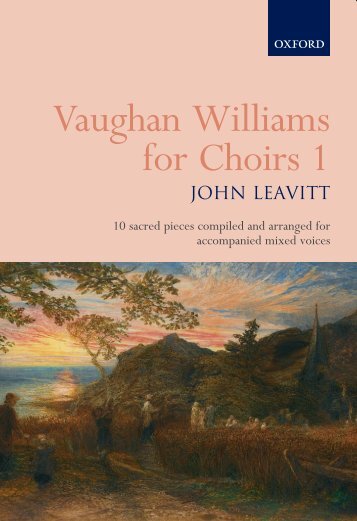
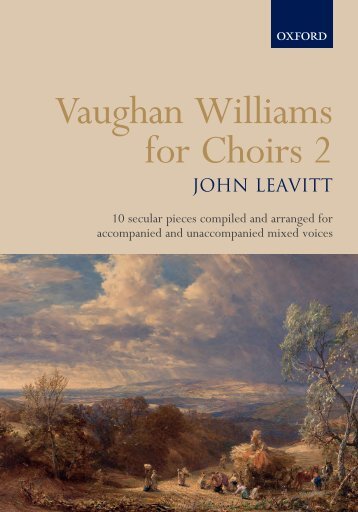

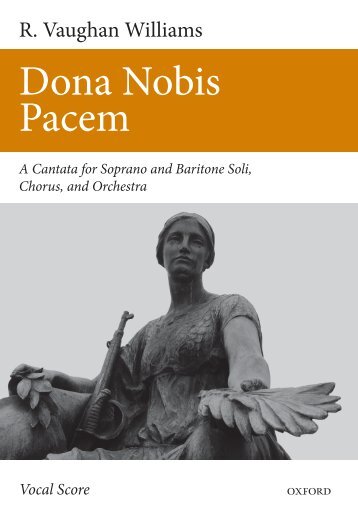
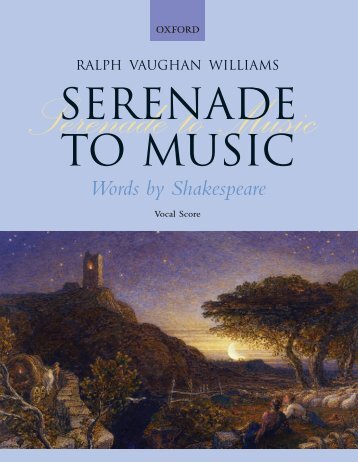
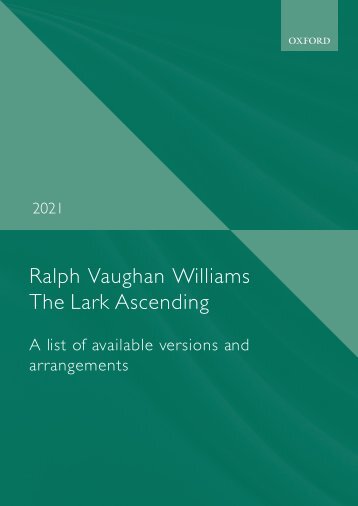

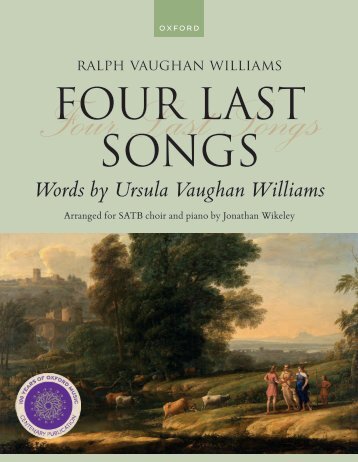

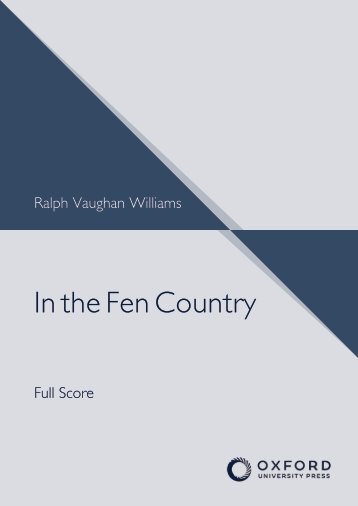
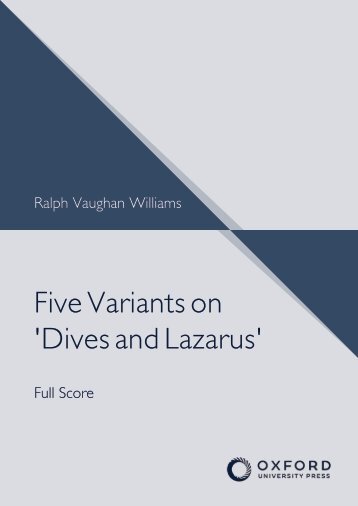
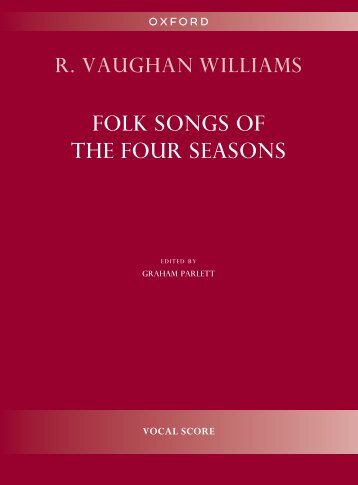




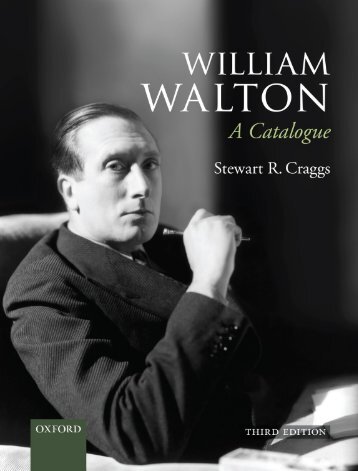



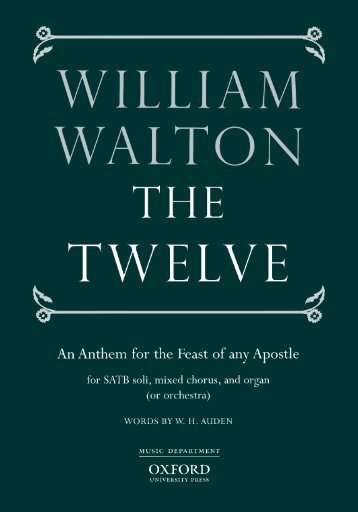


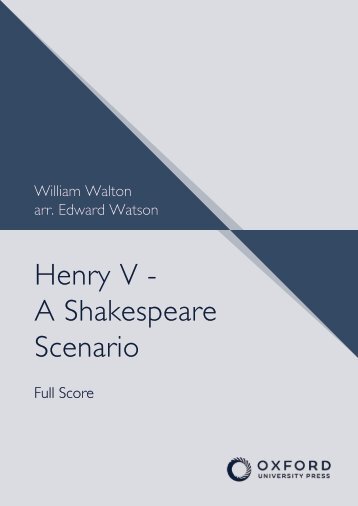






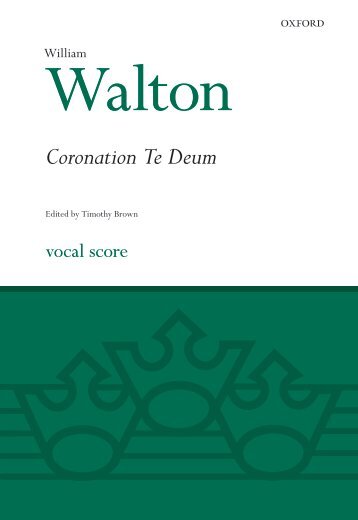
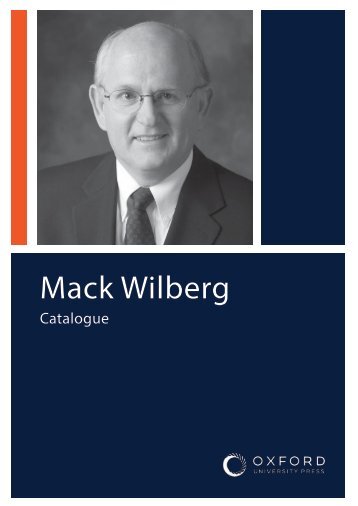
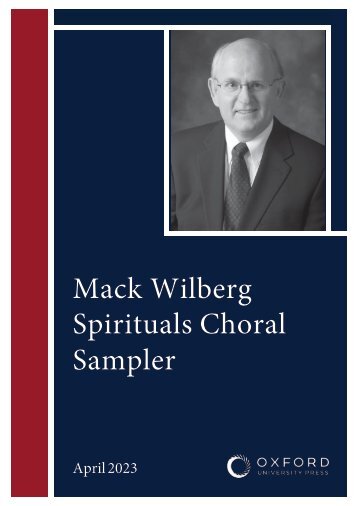
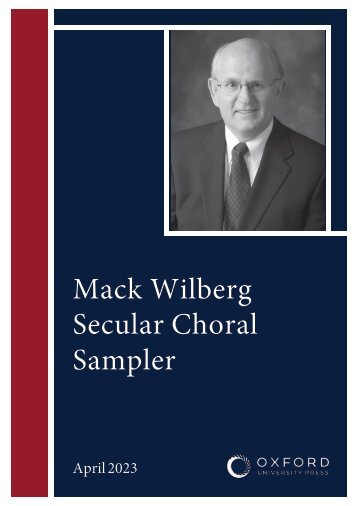




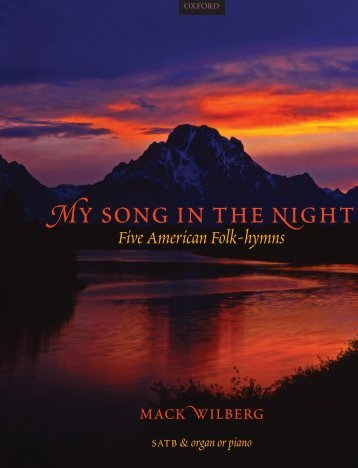
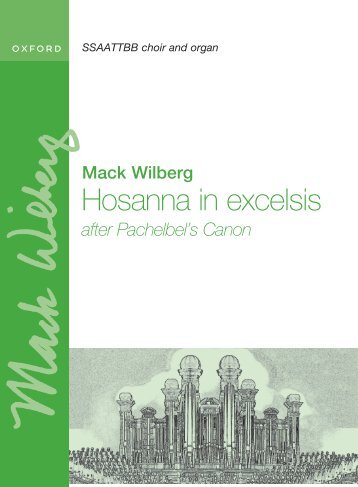
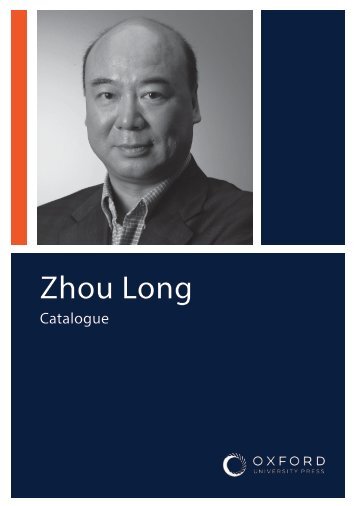

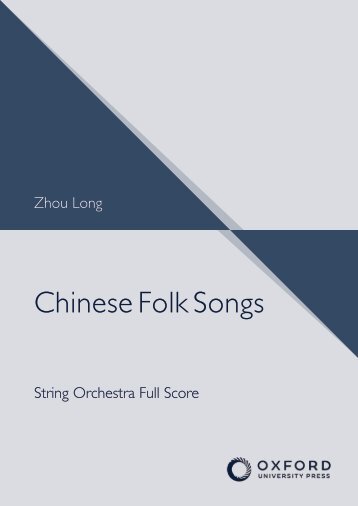

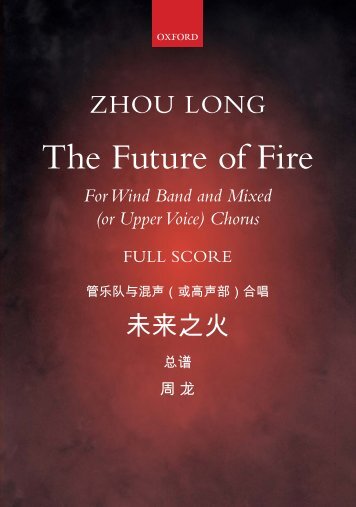





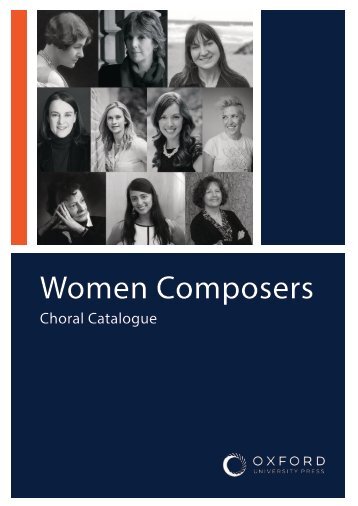

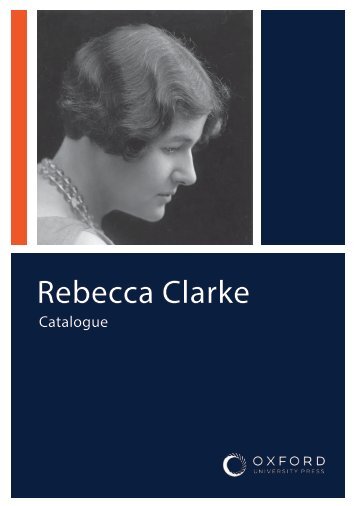

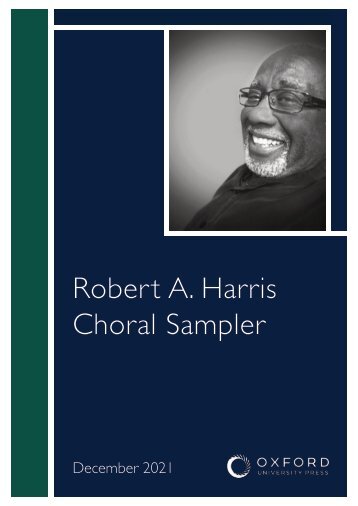
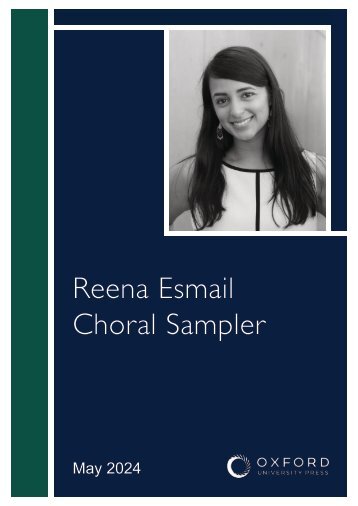
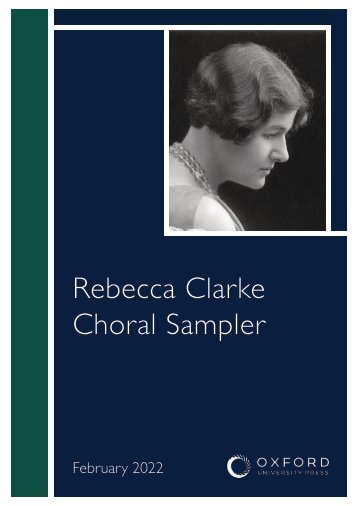
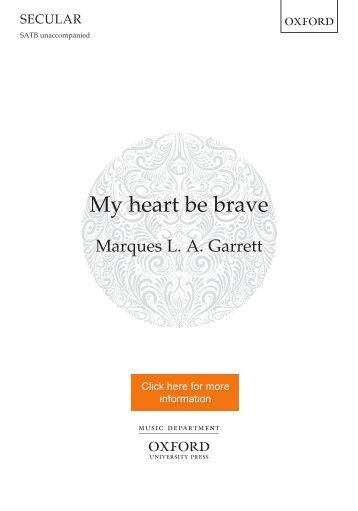
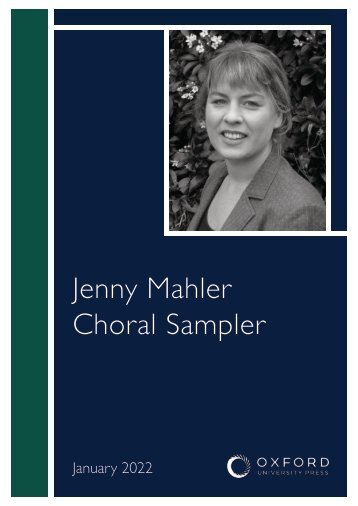
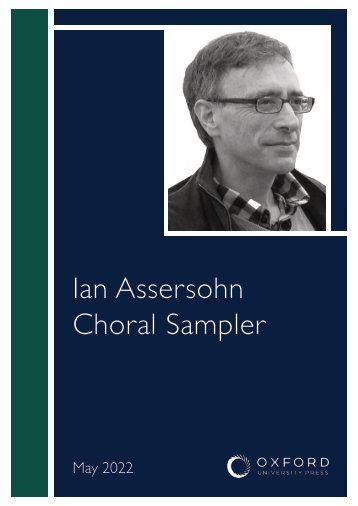
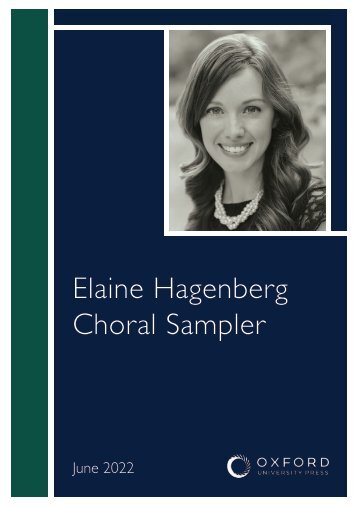
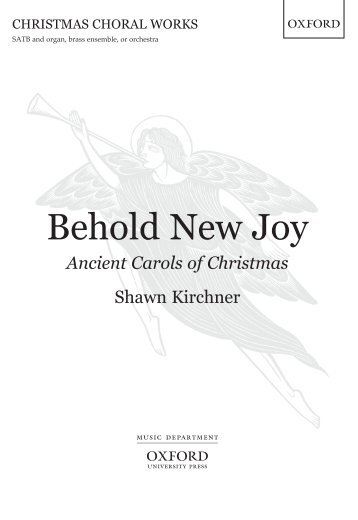
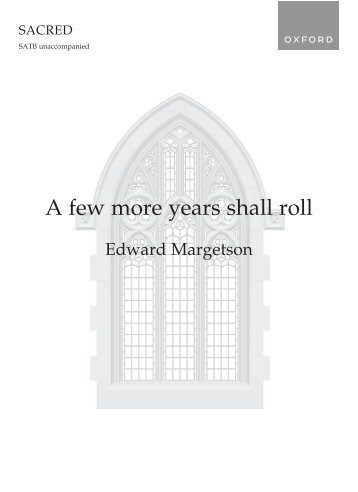
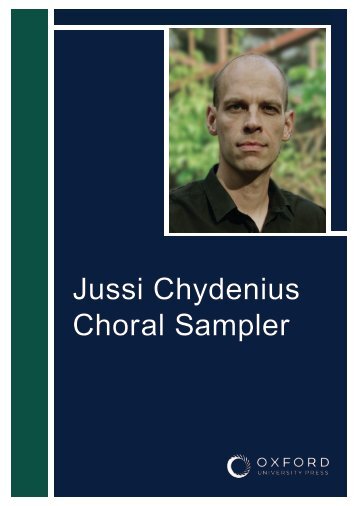


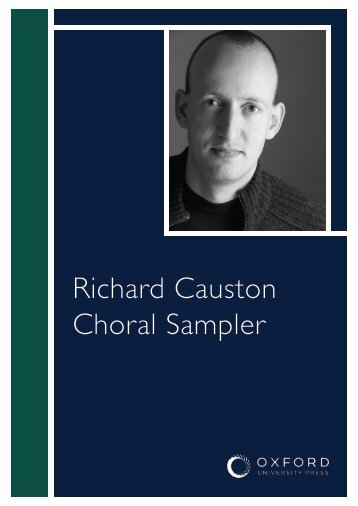
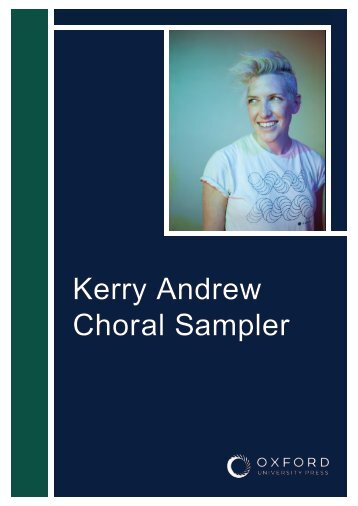
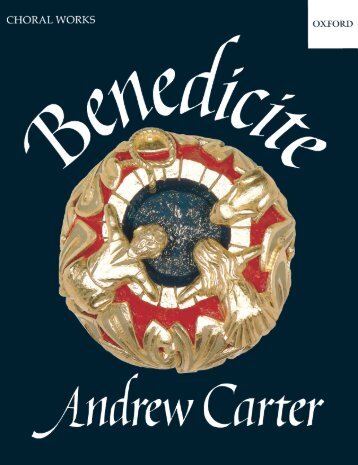

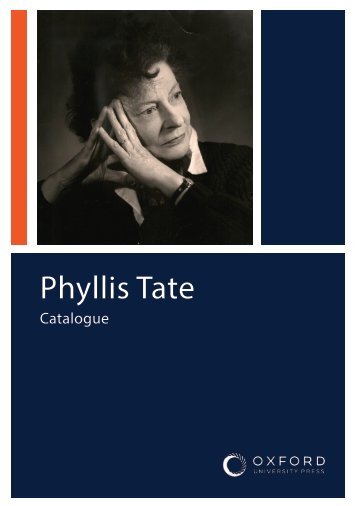
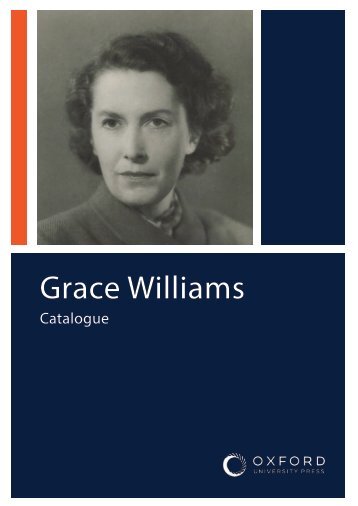

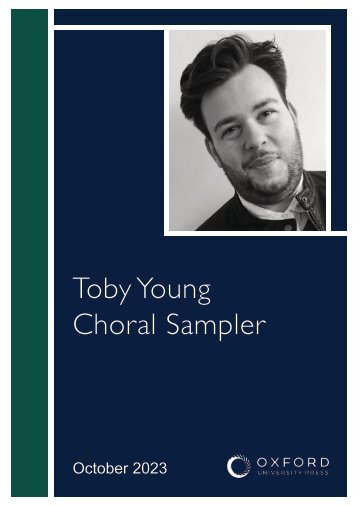
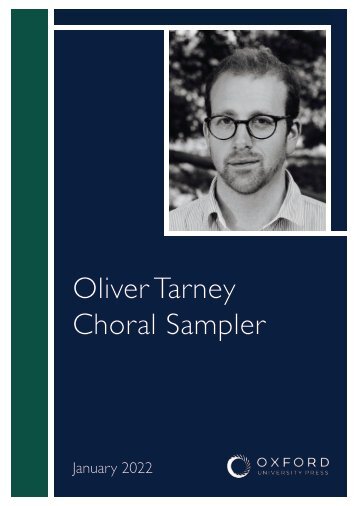

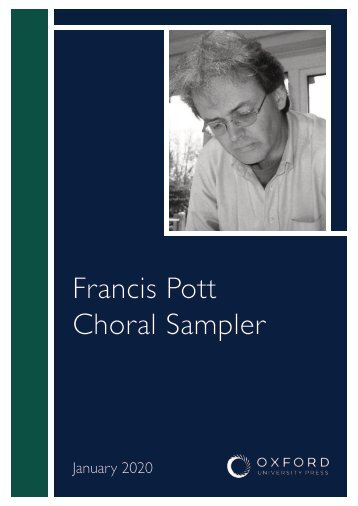
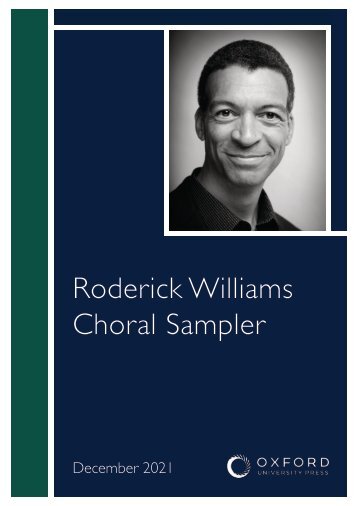
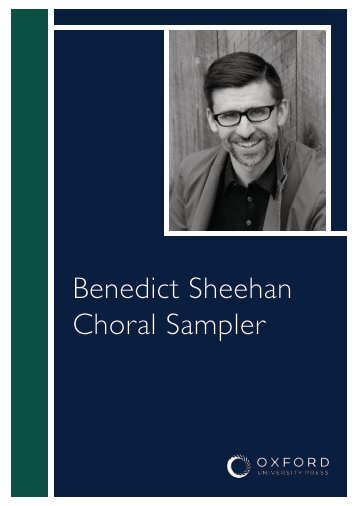
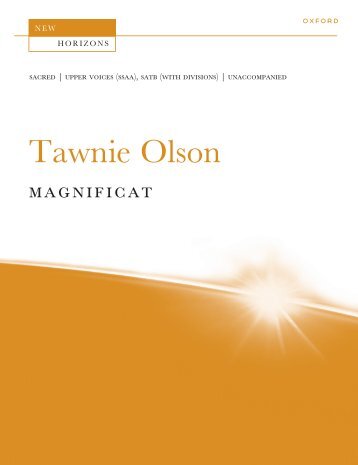
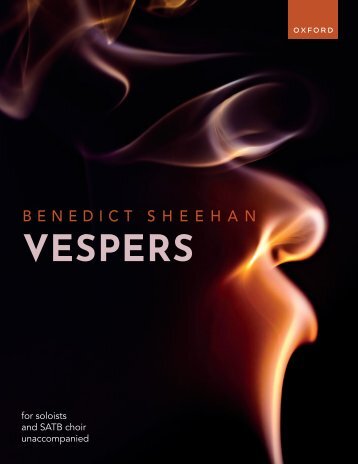

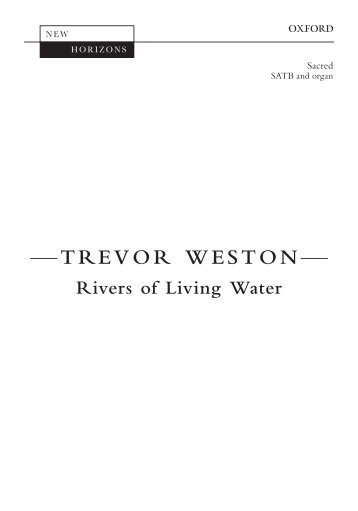
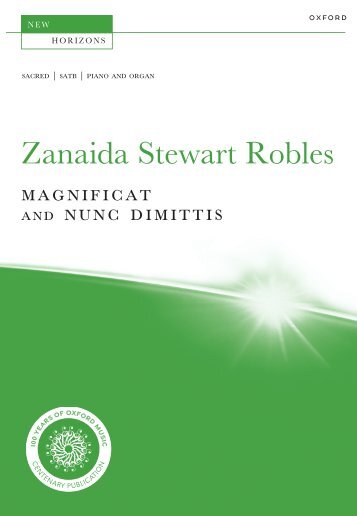


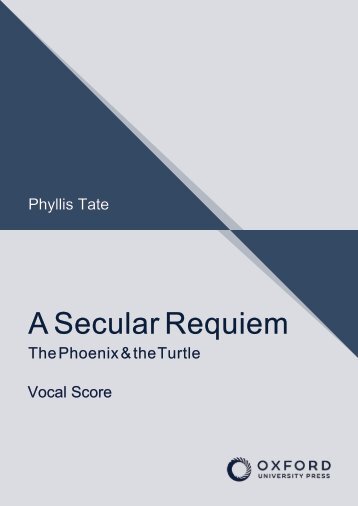

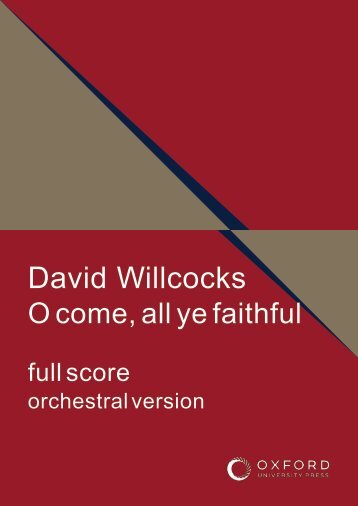


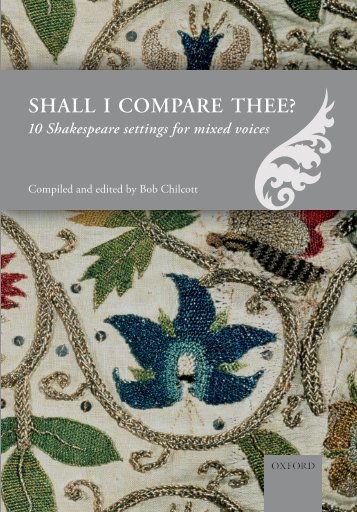
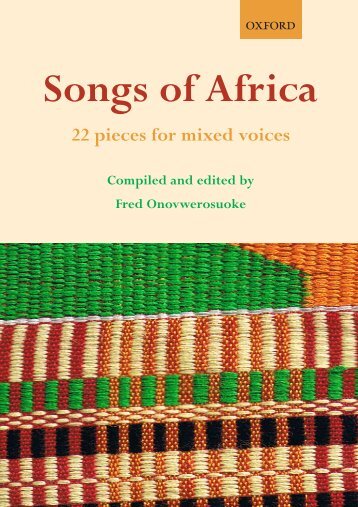




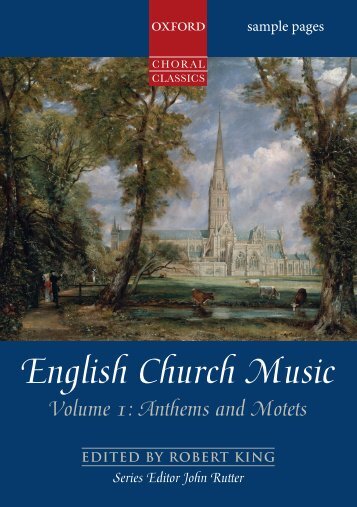
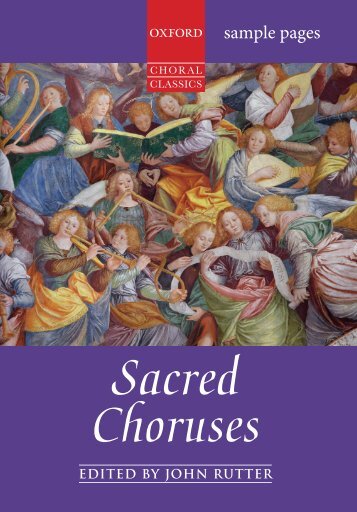

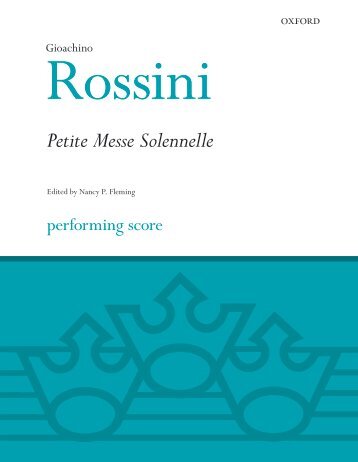
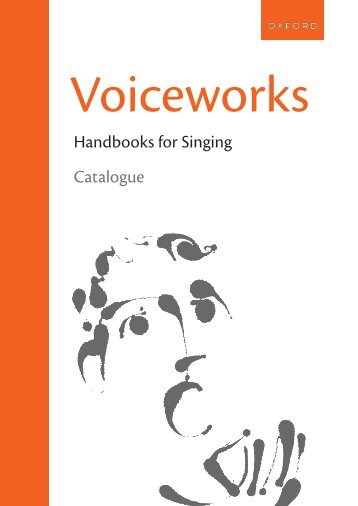



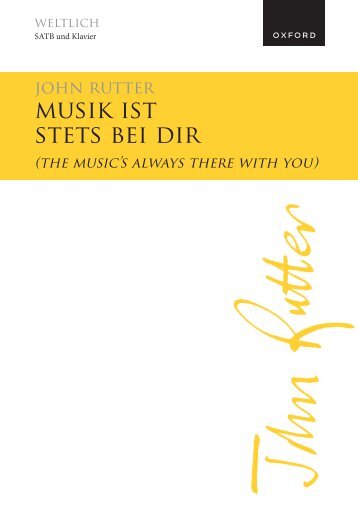
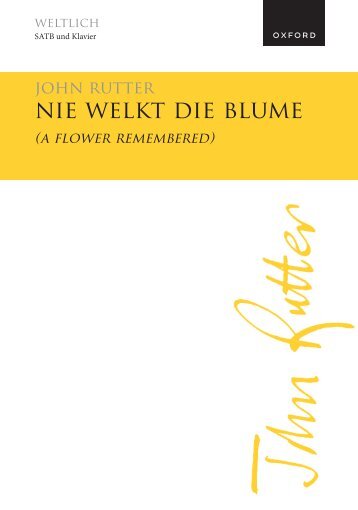

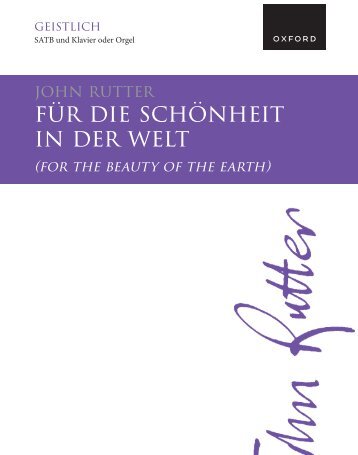
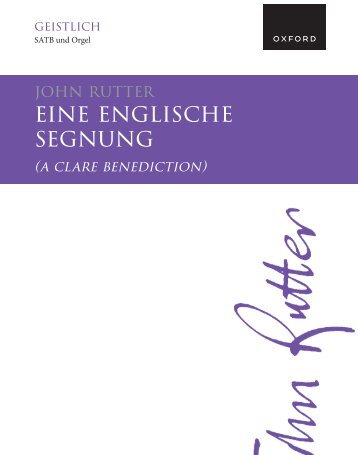

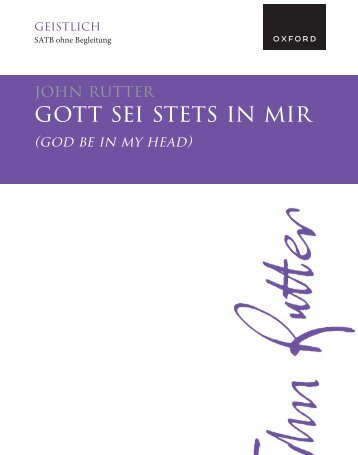


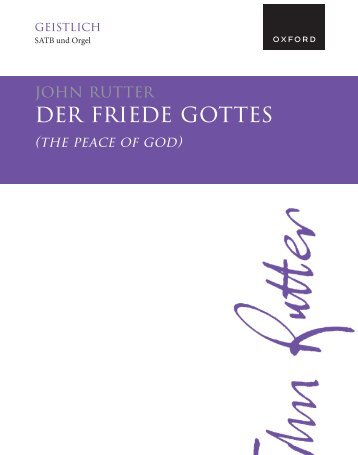

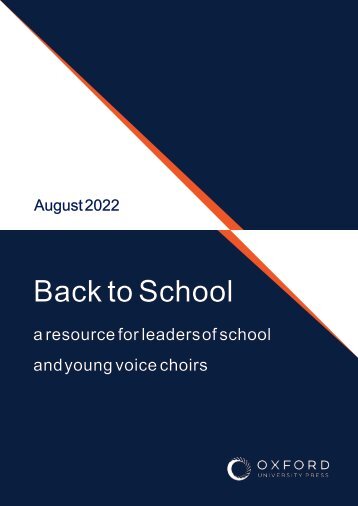
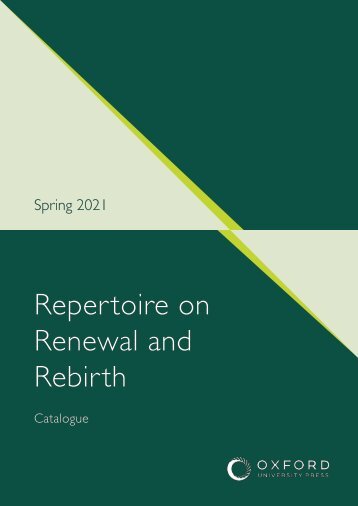
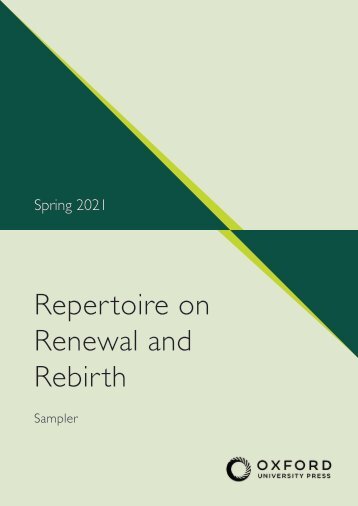
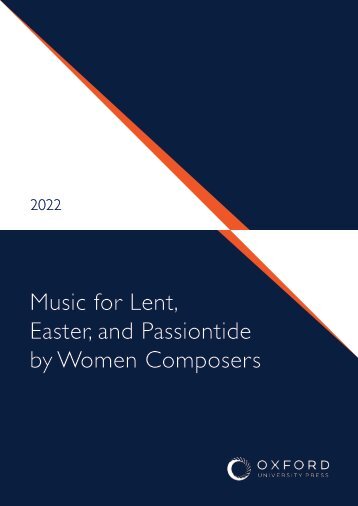
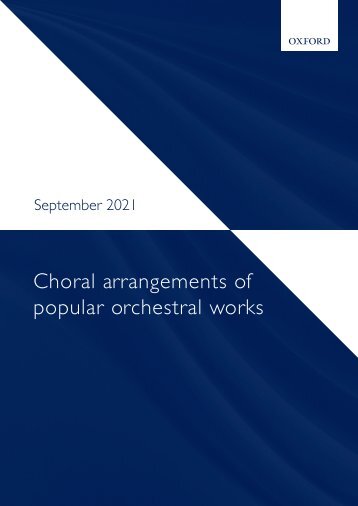
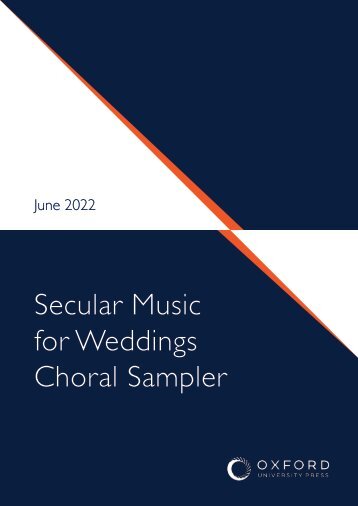

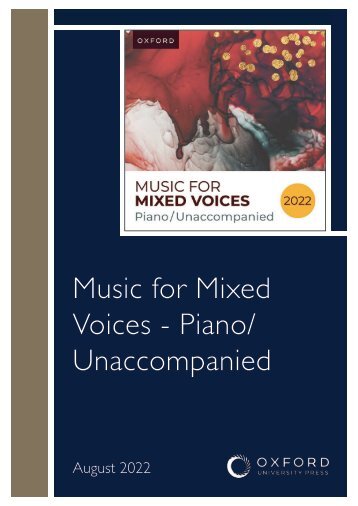
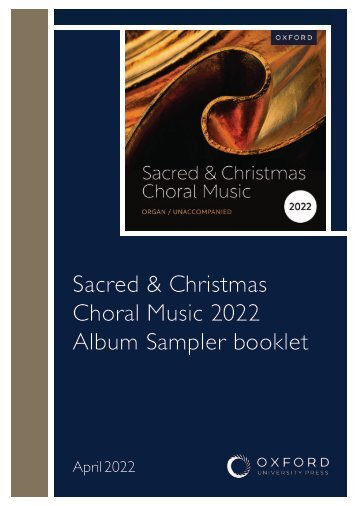
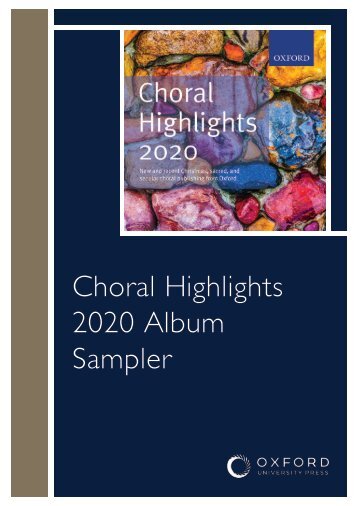
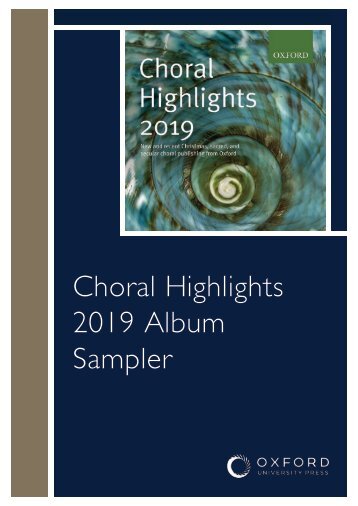
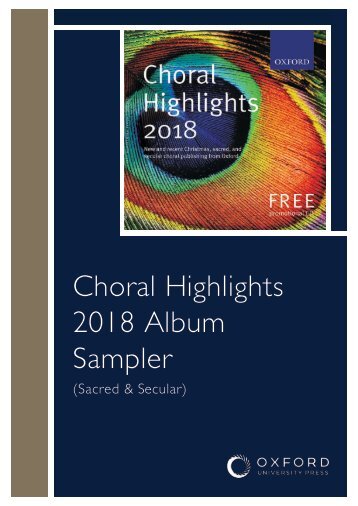

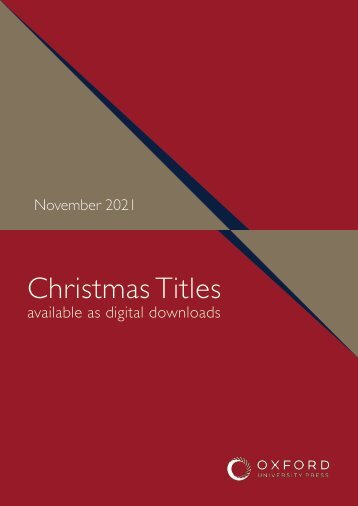
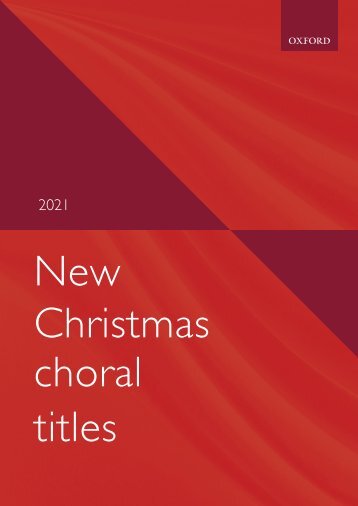
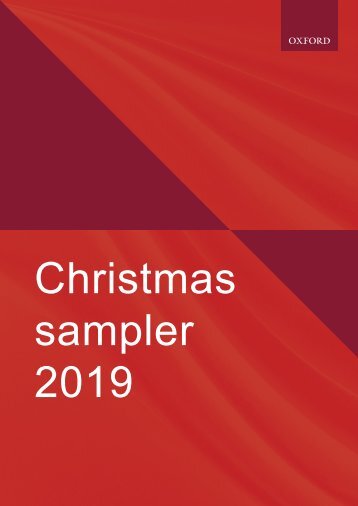
Facebook
Twitter
Email